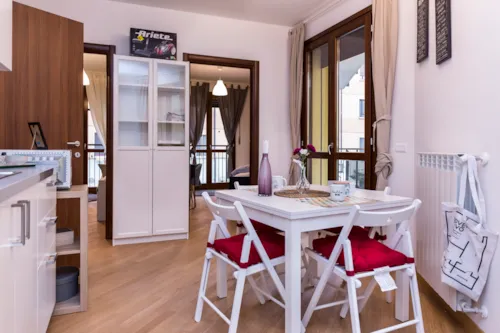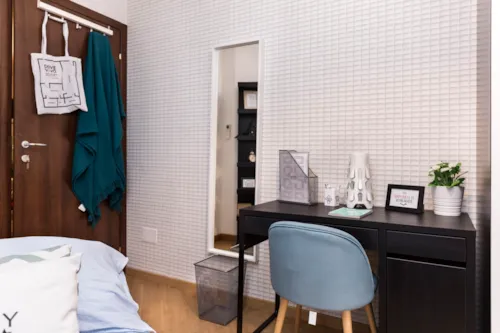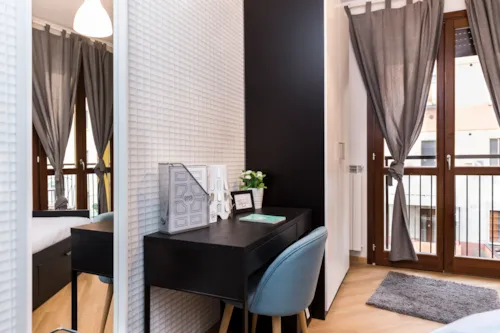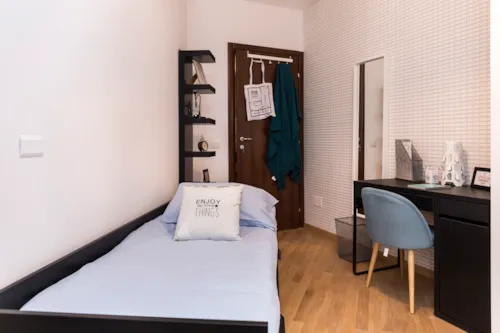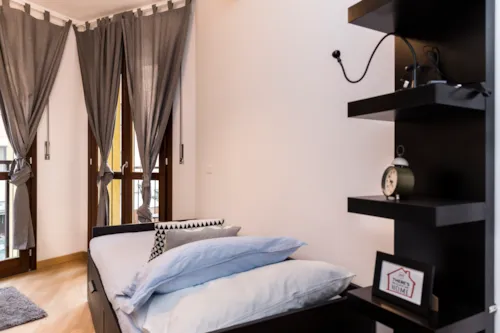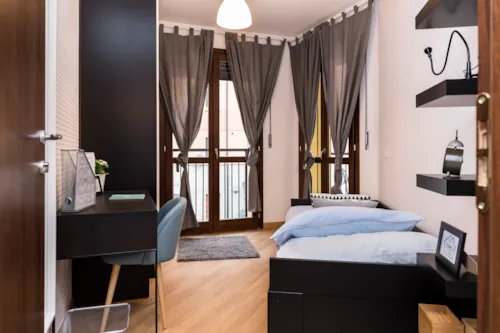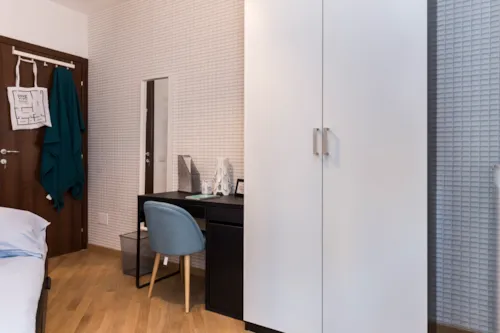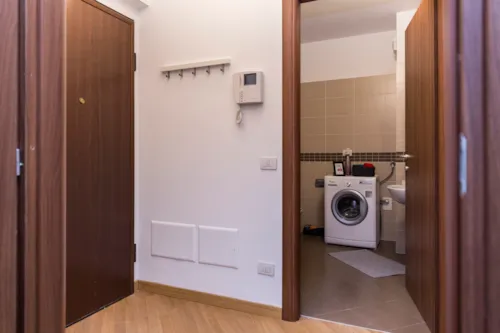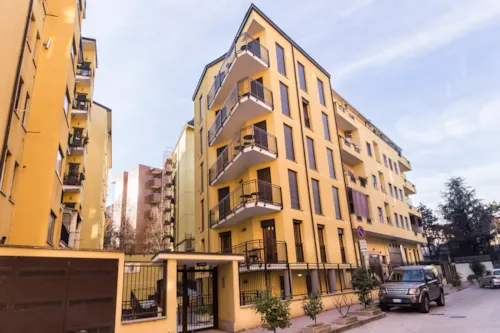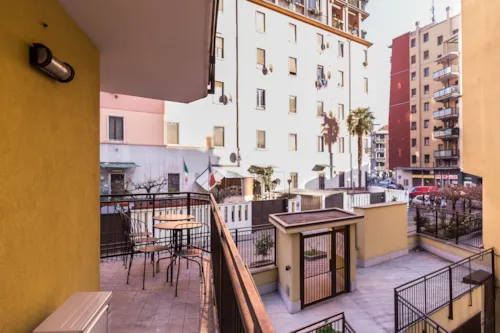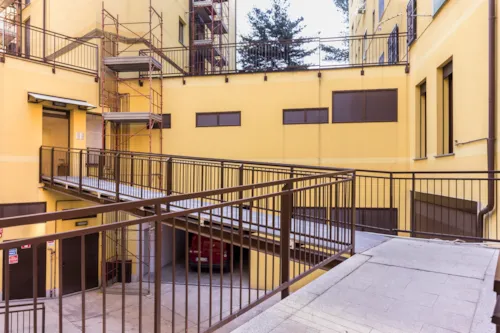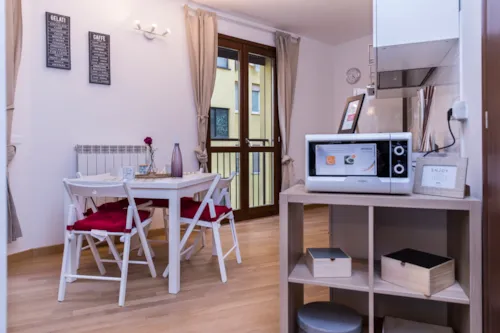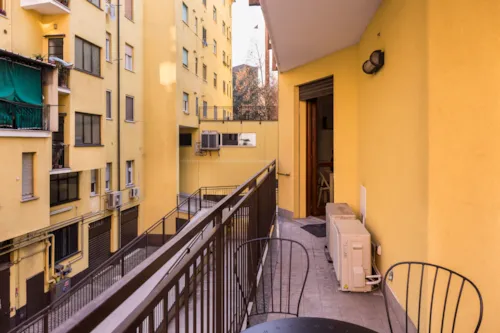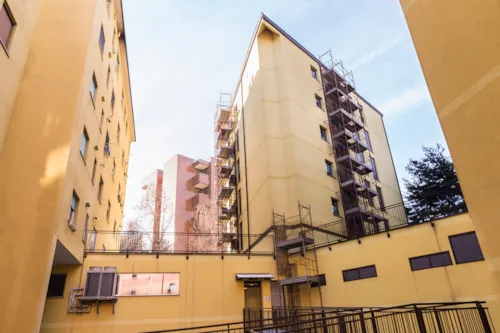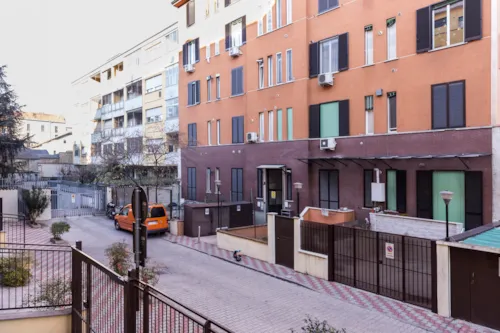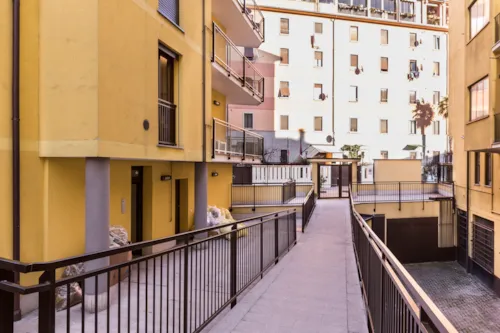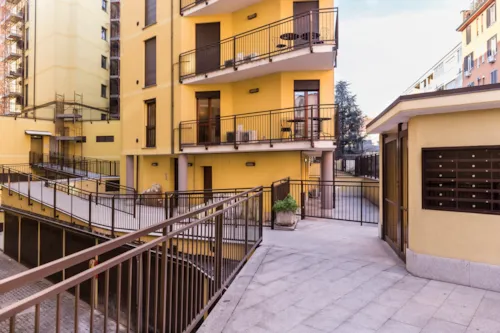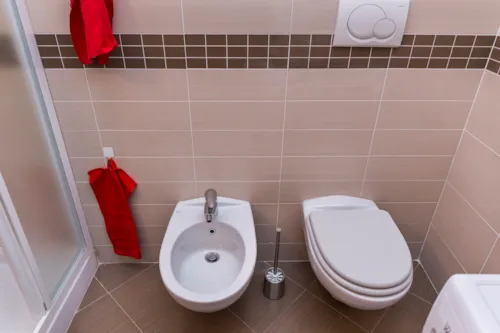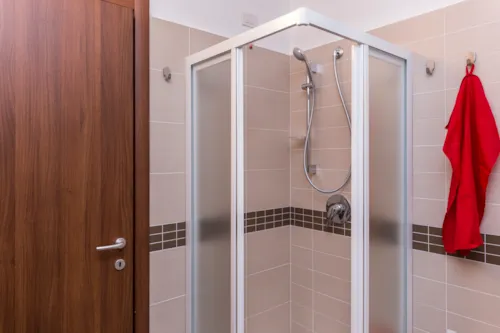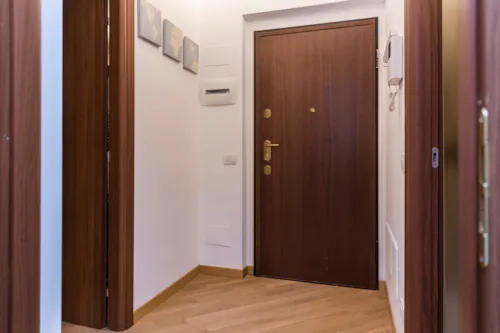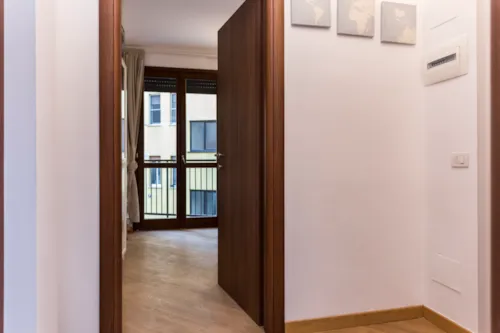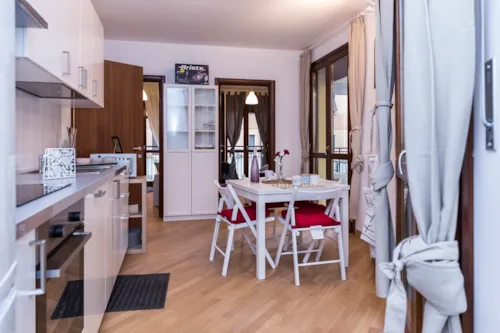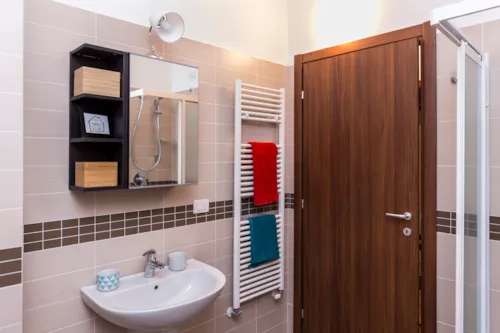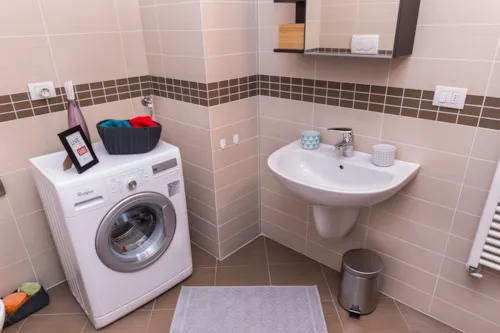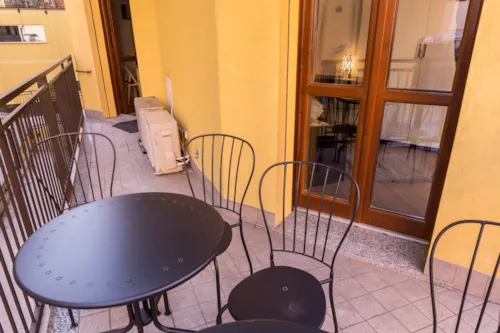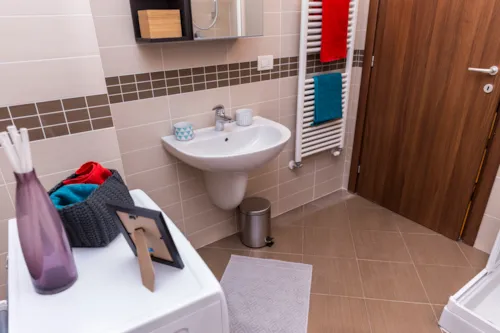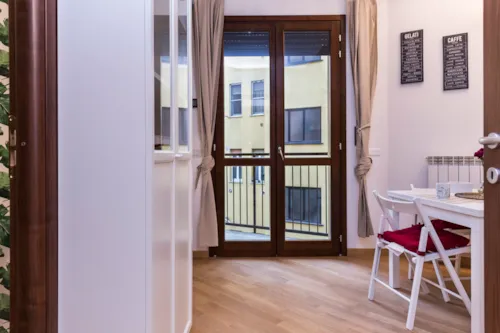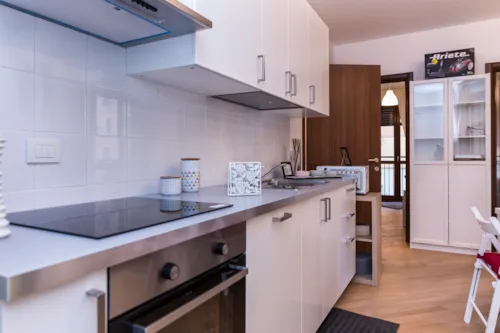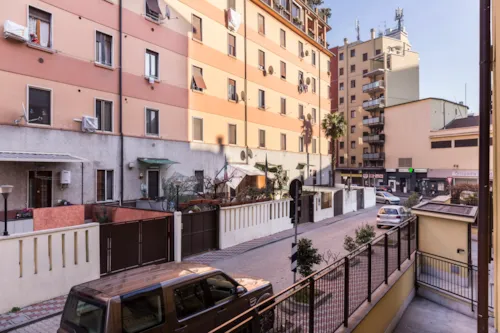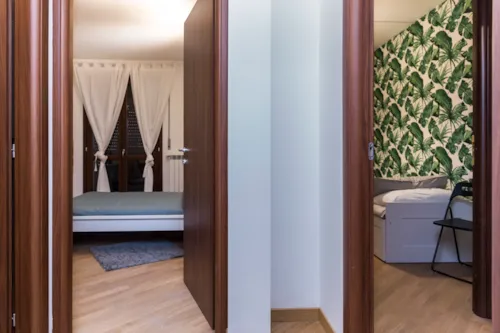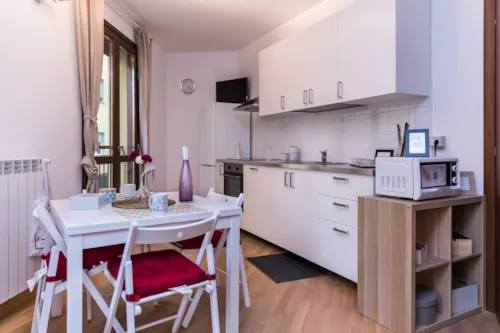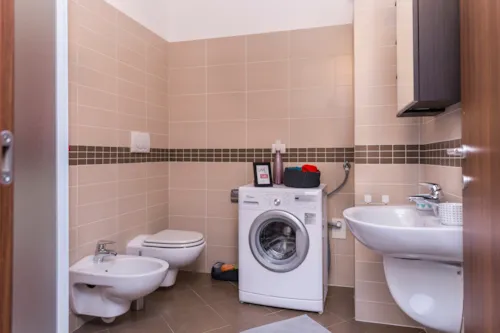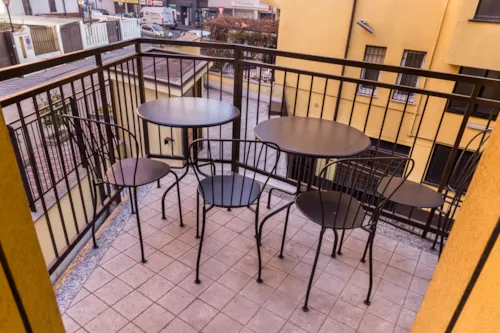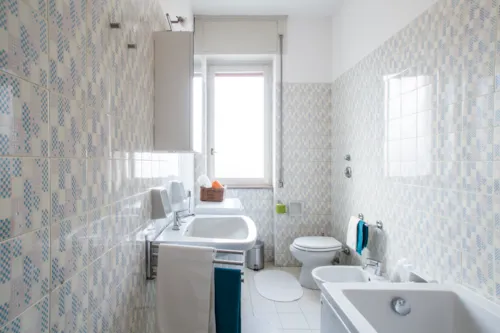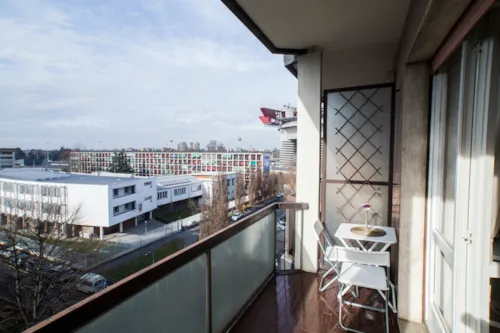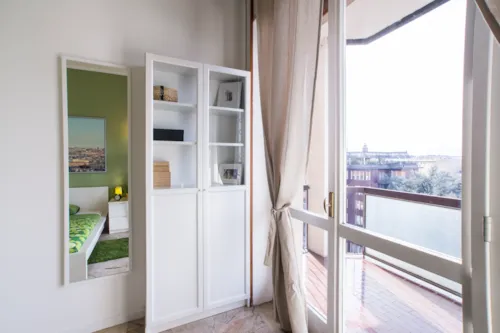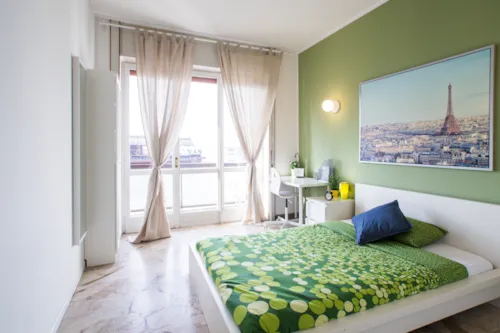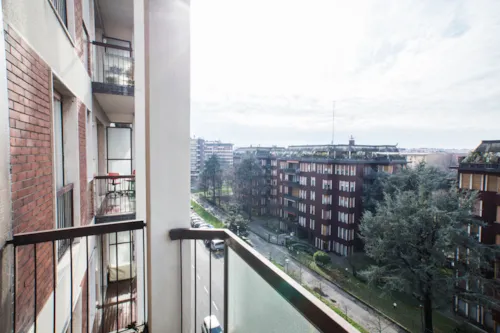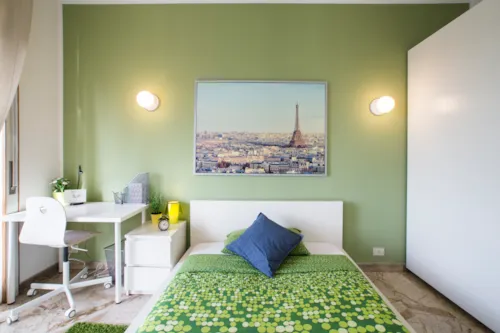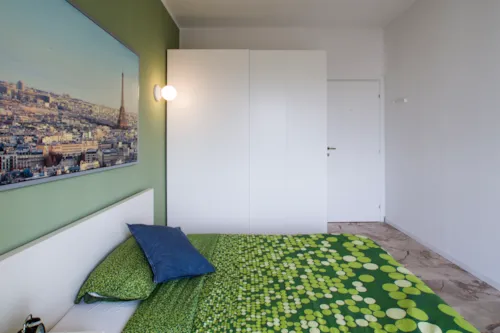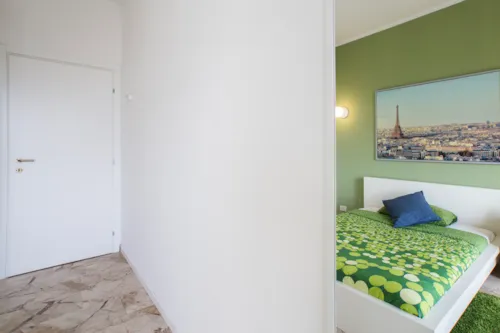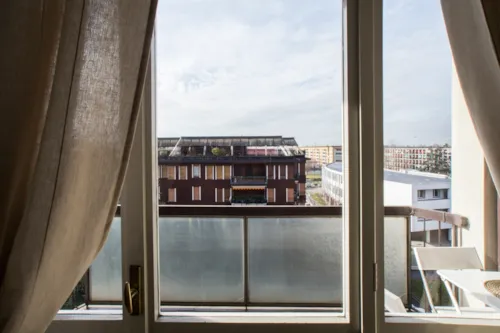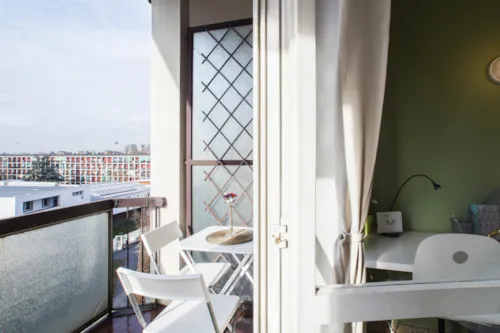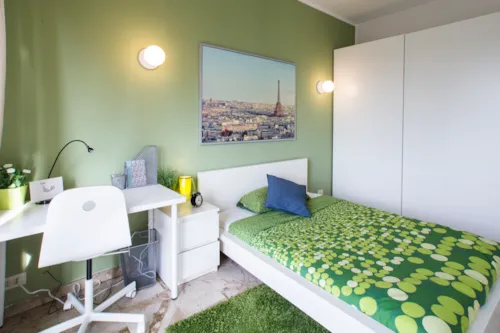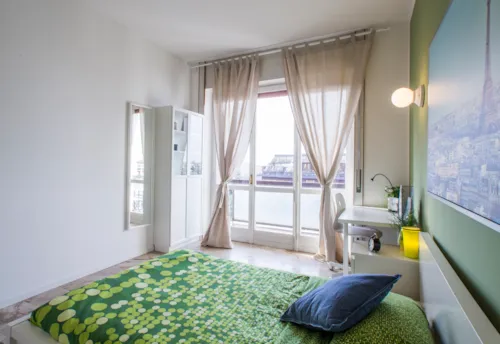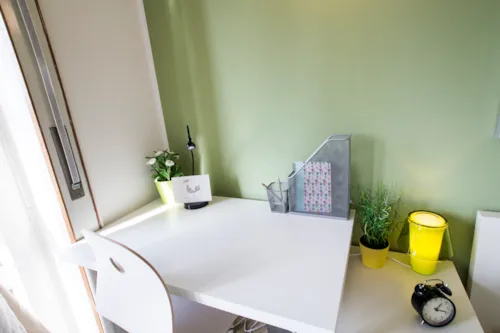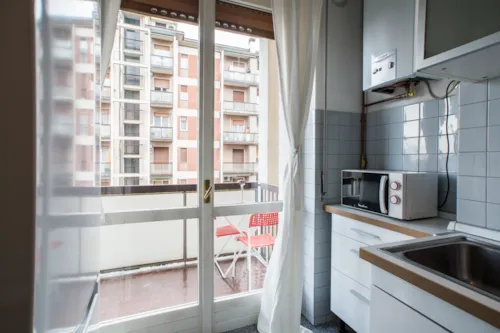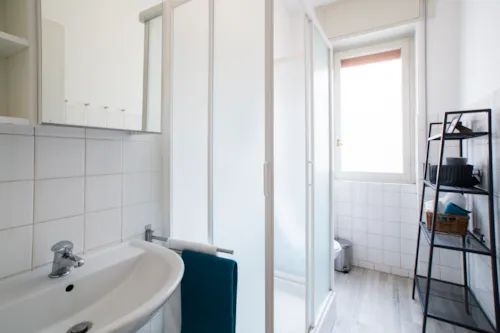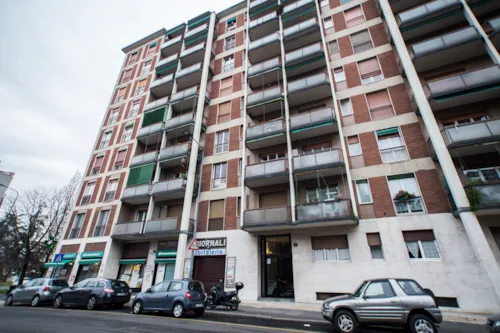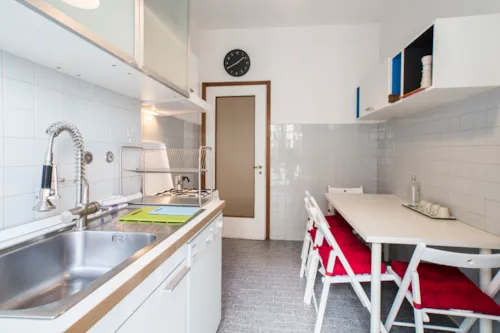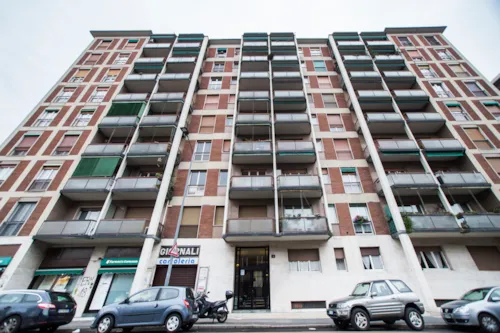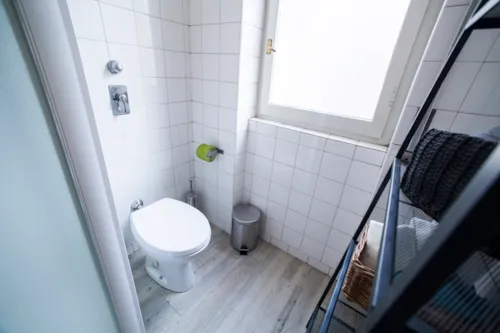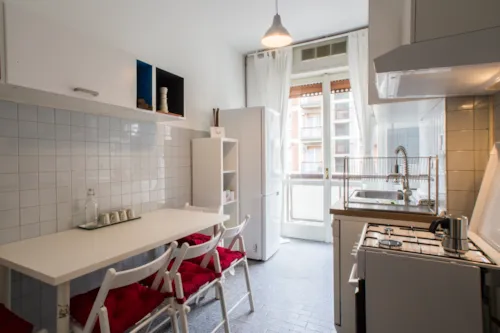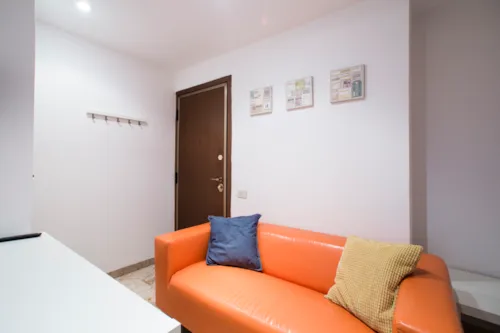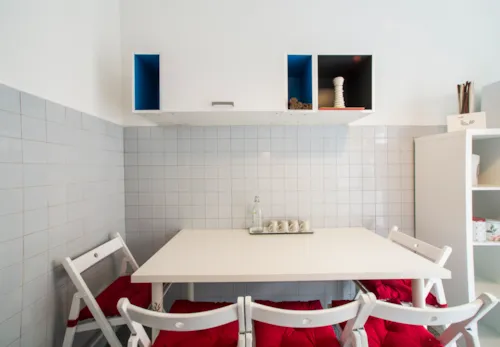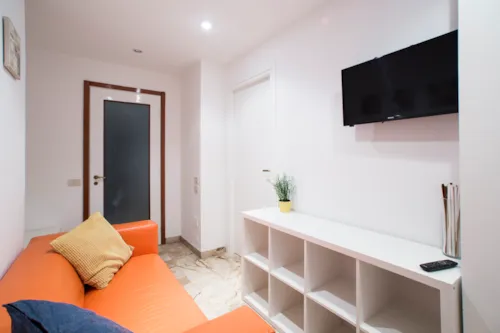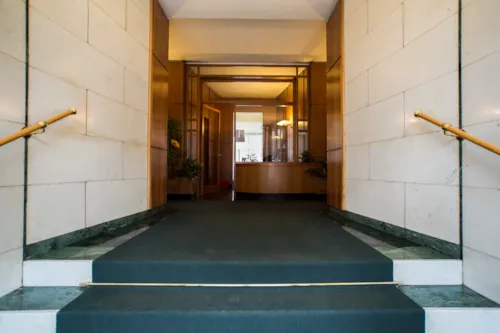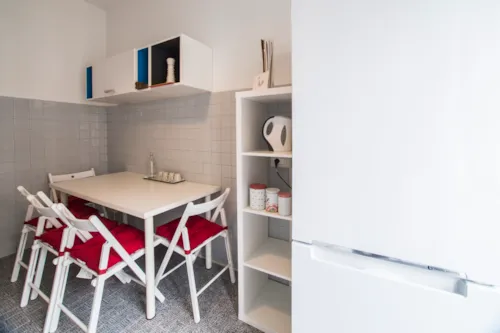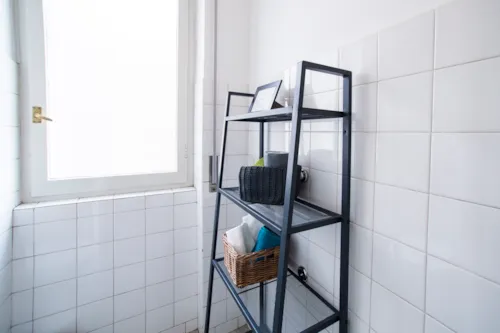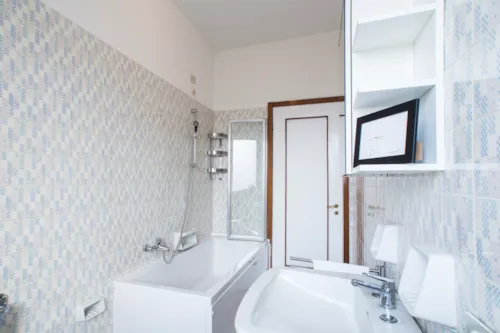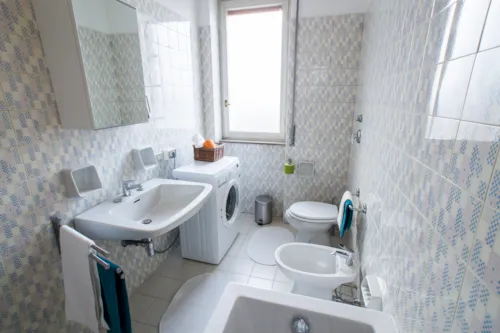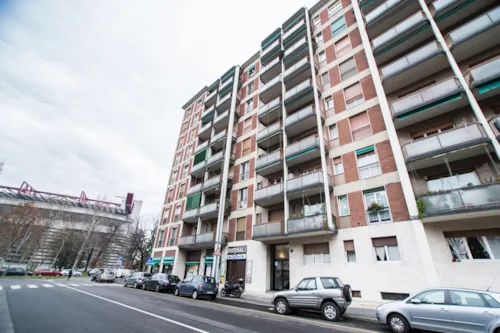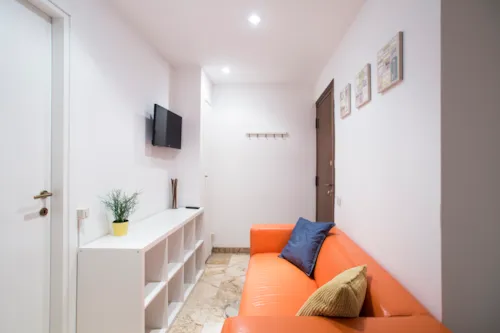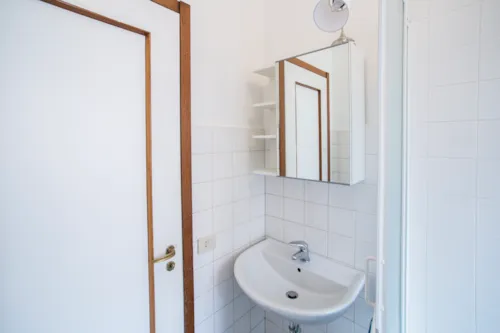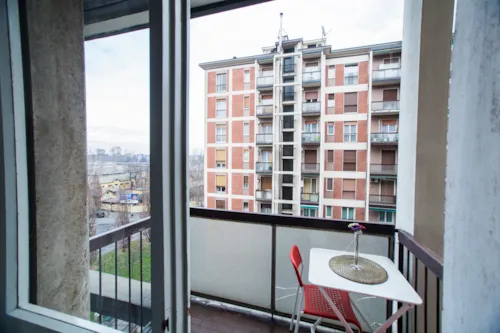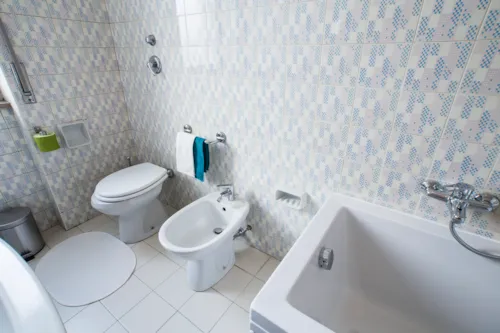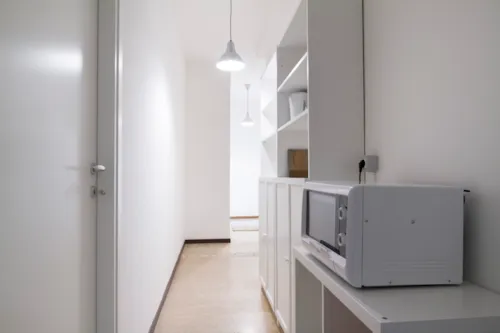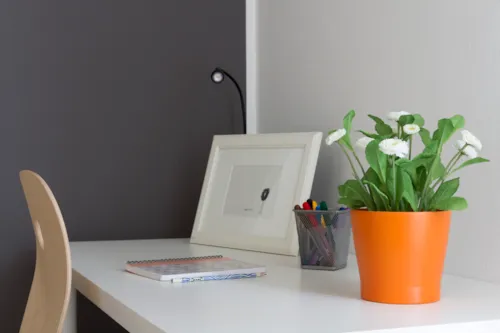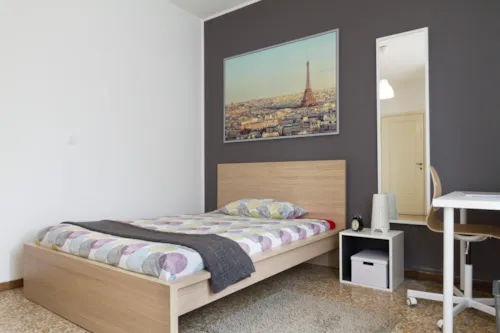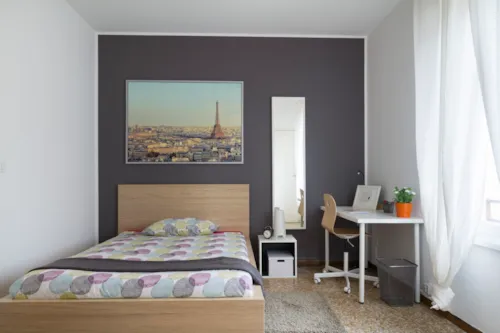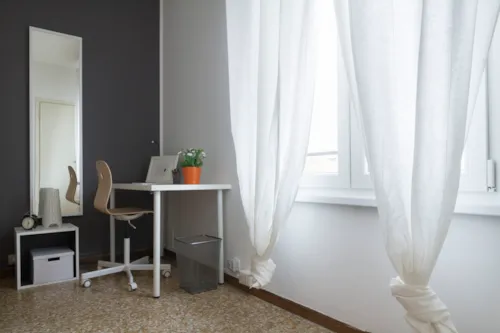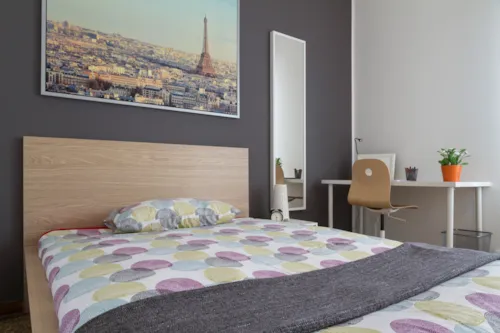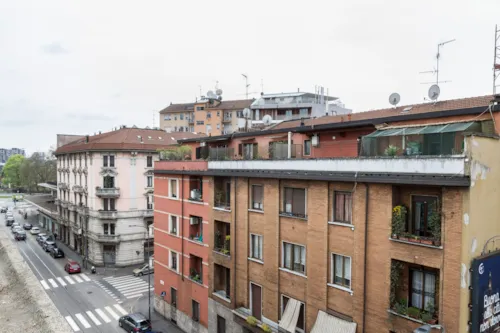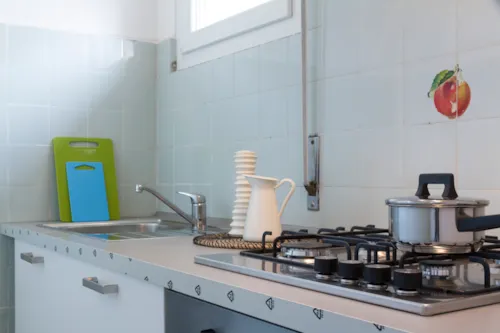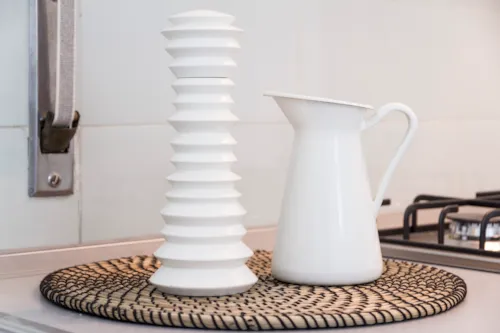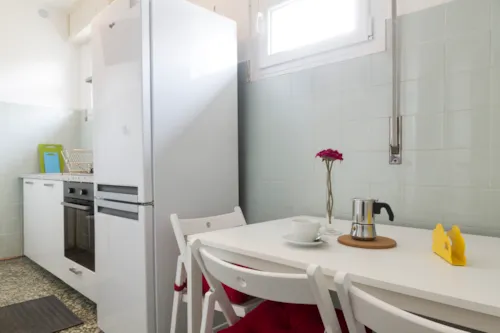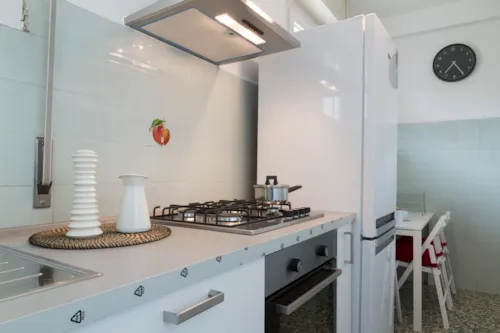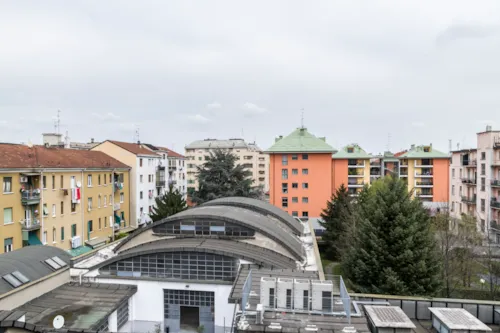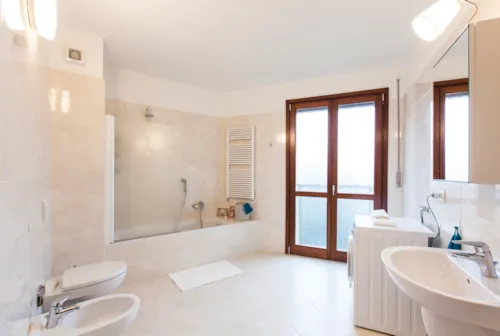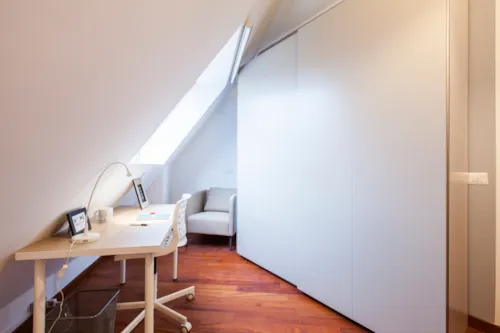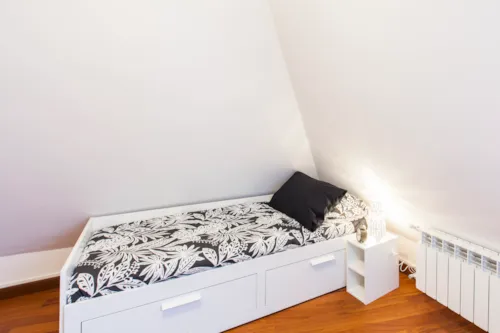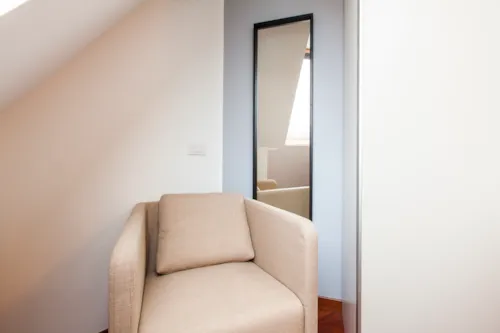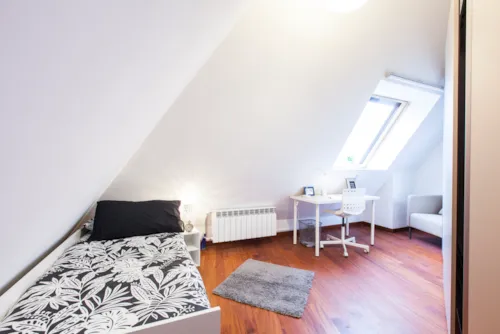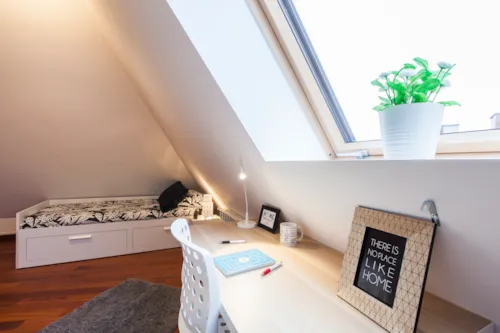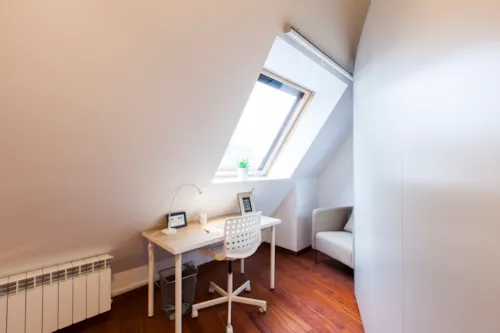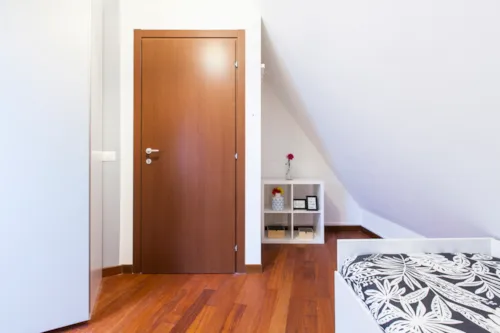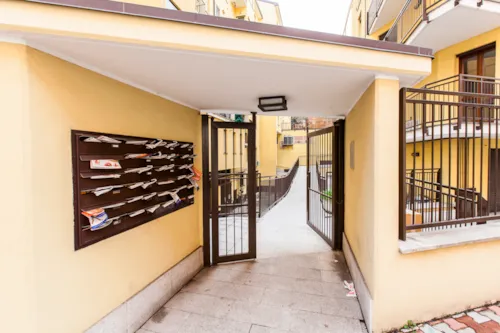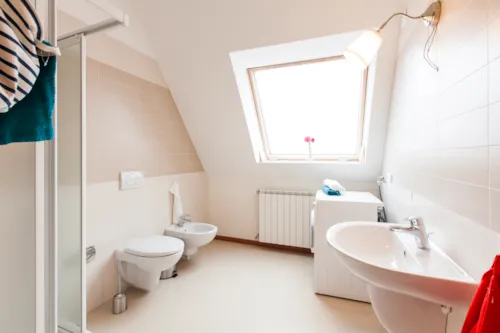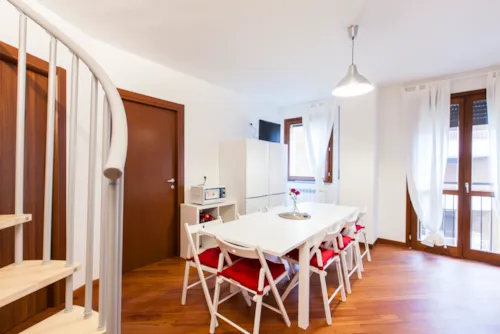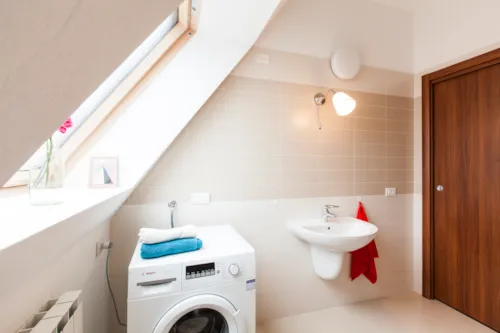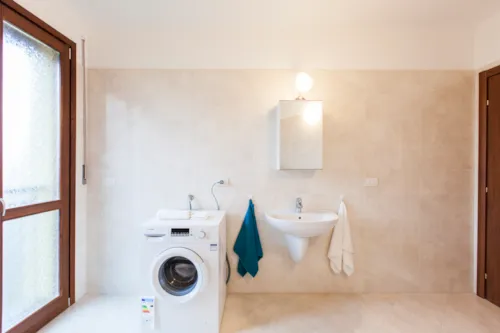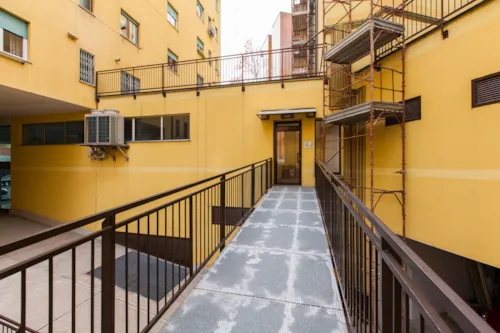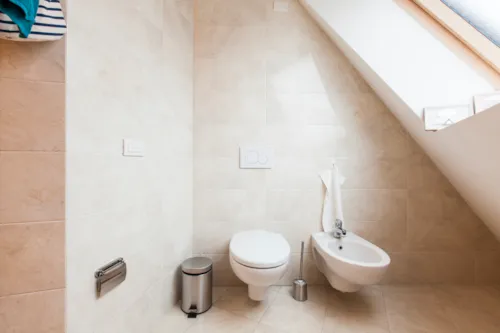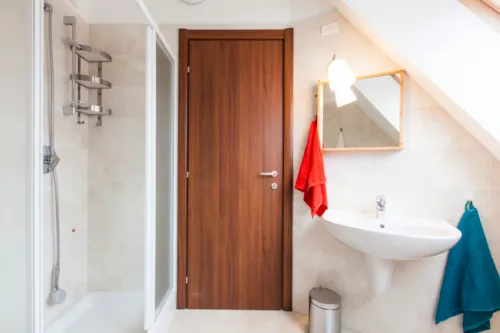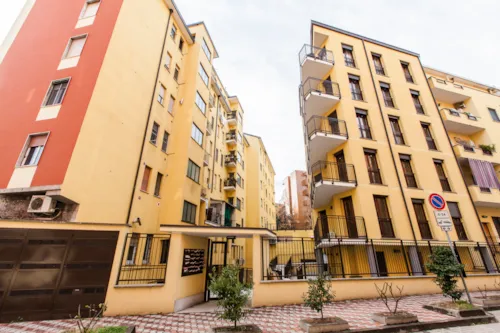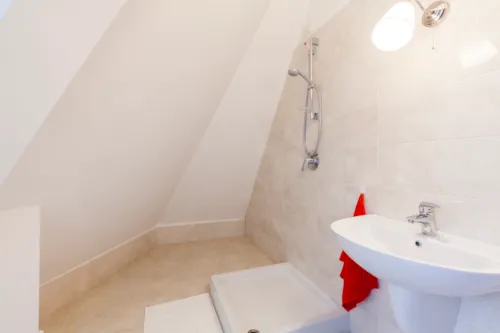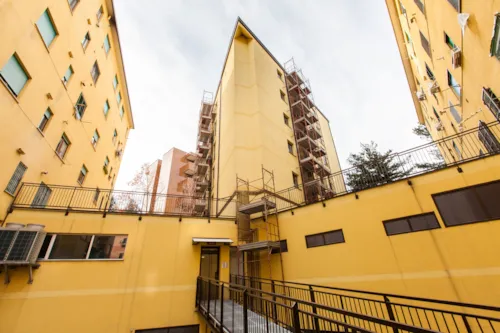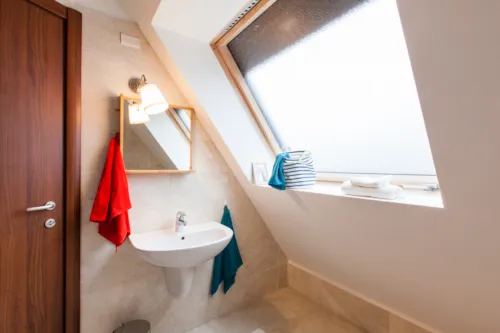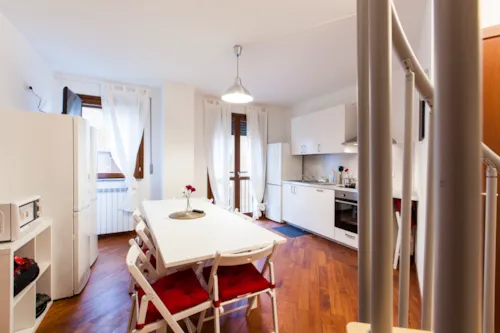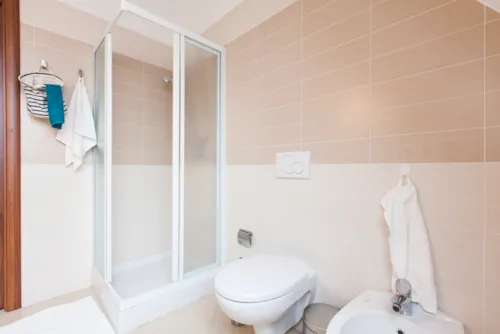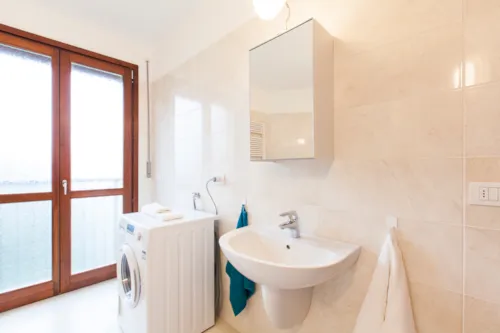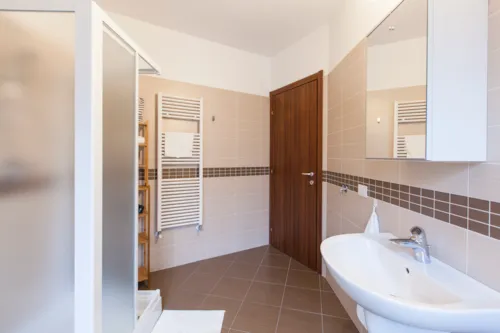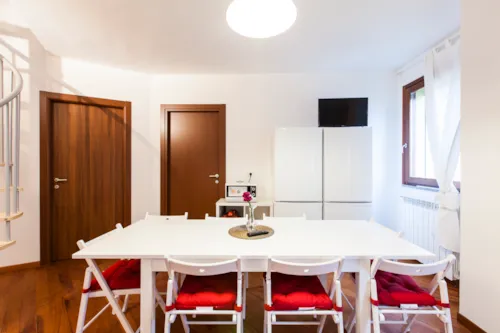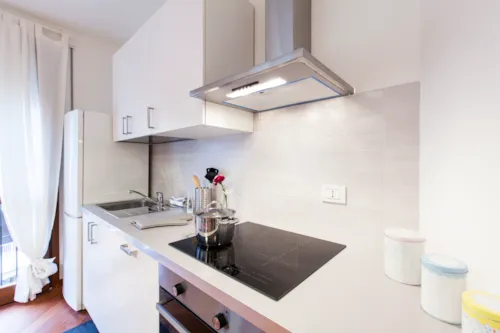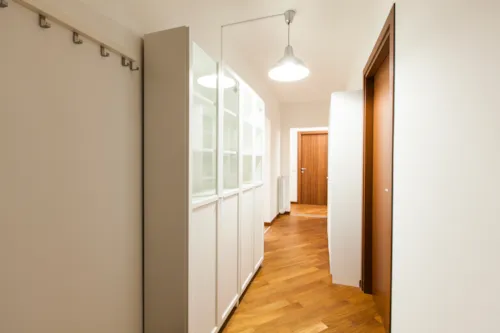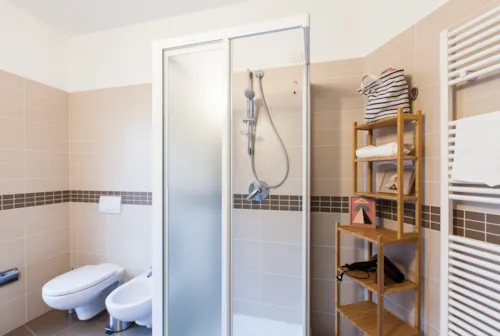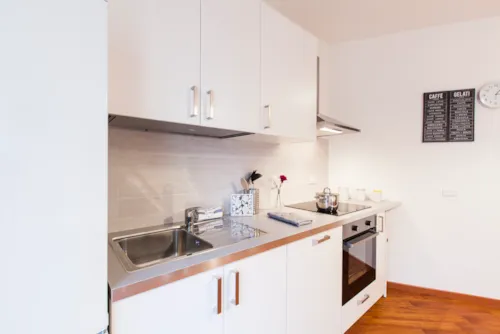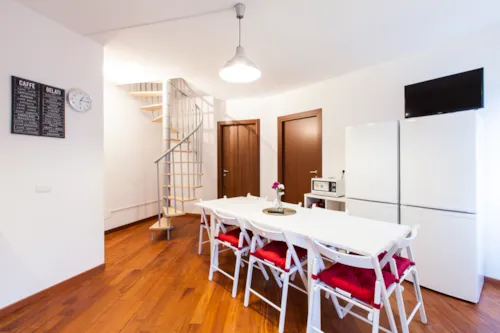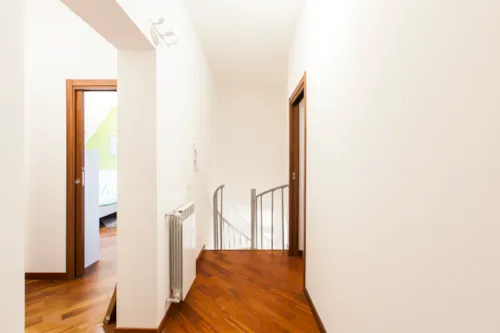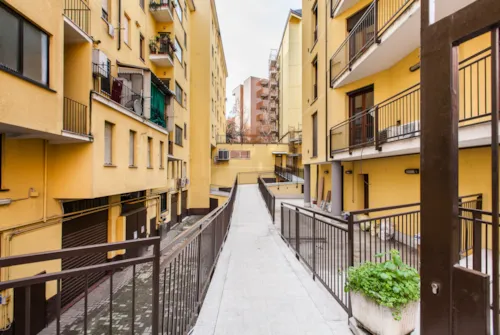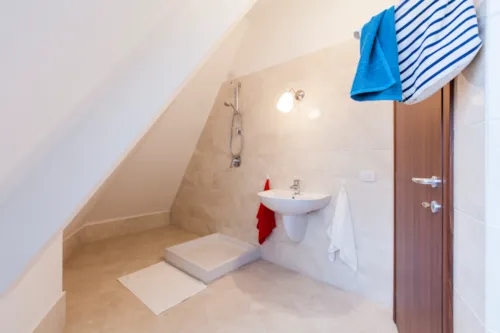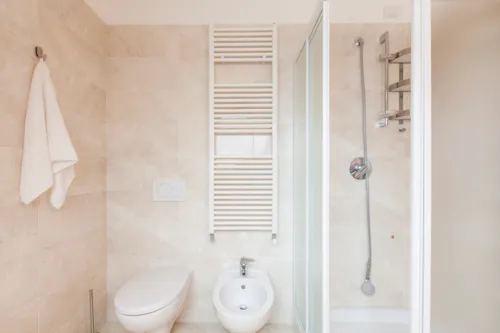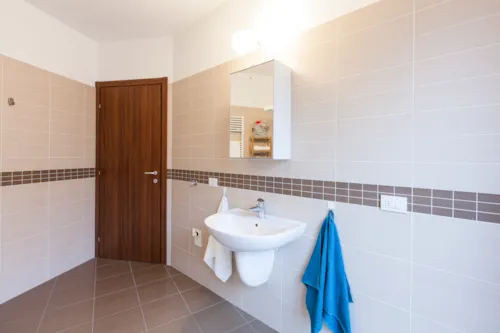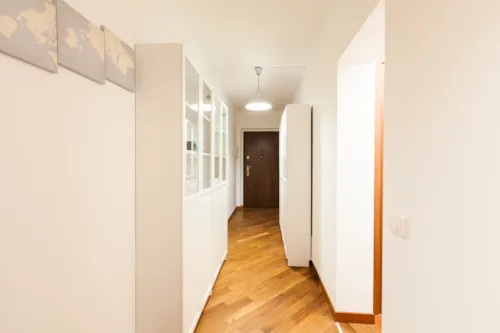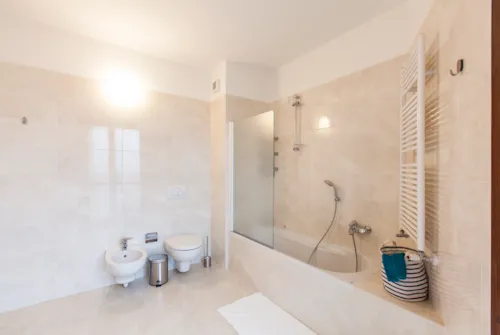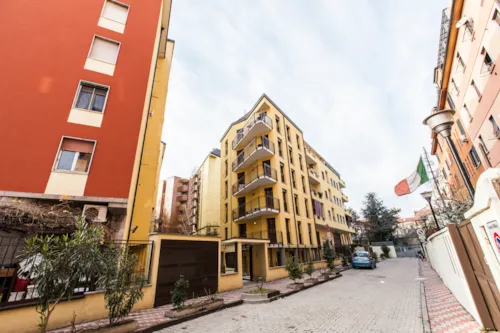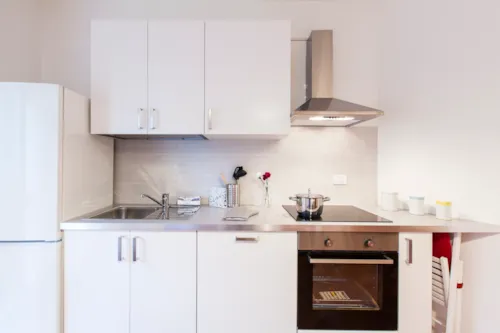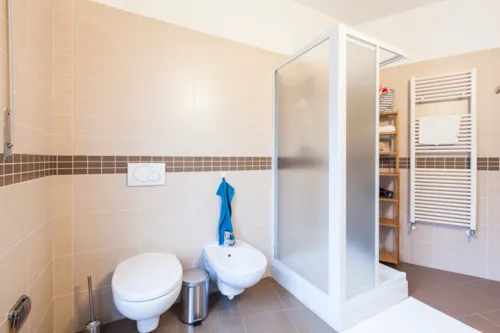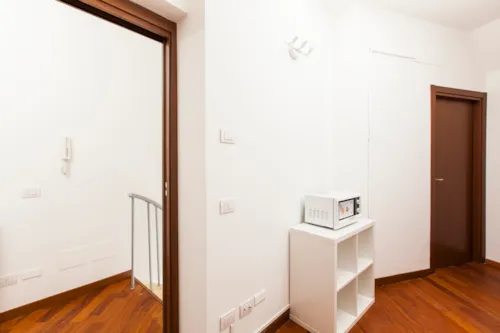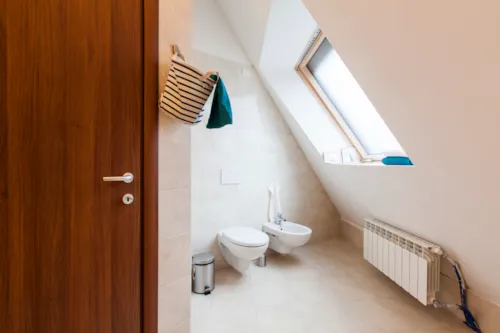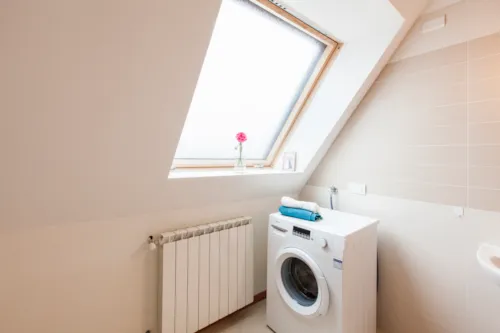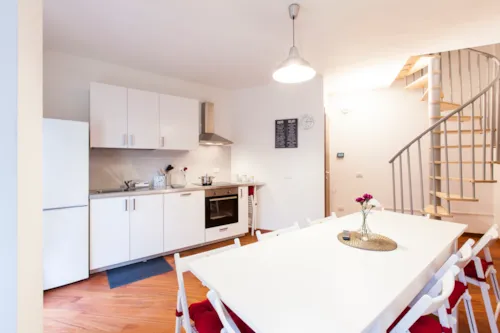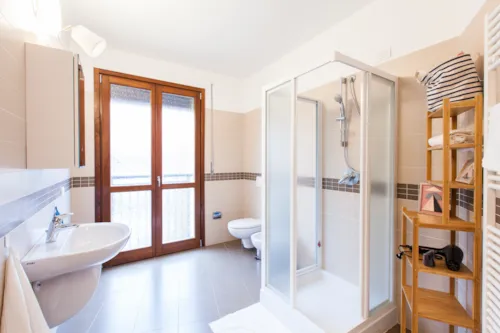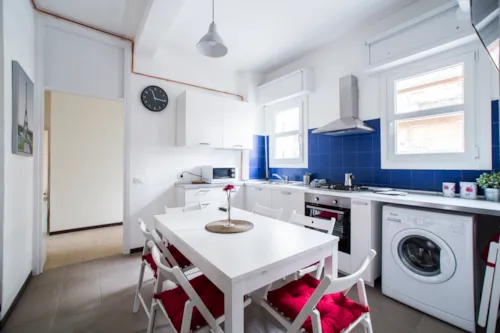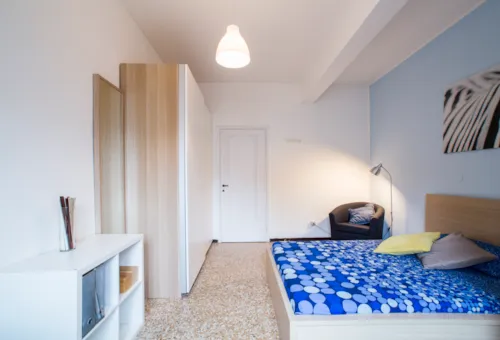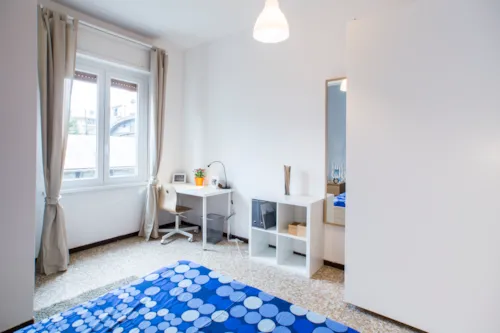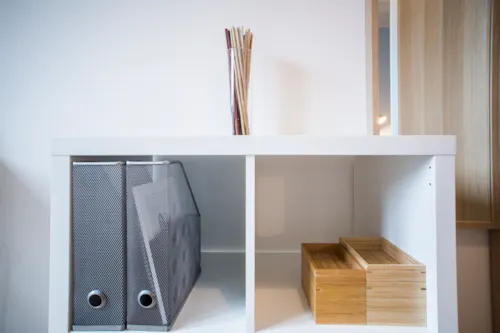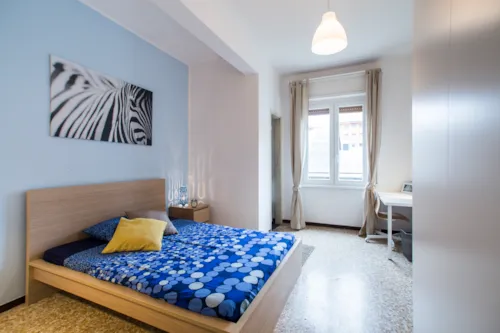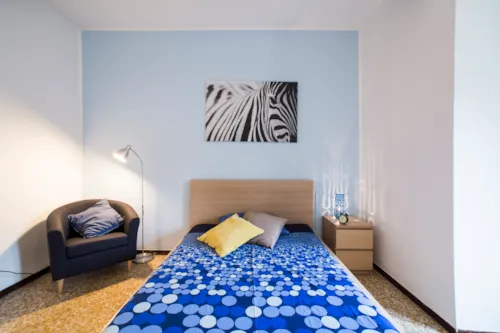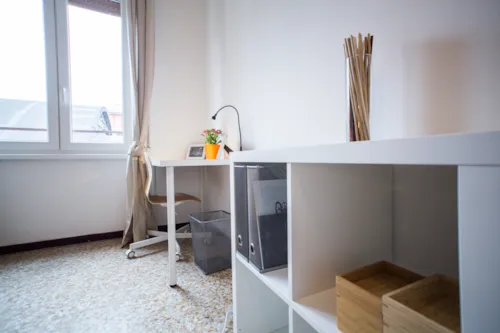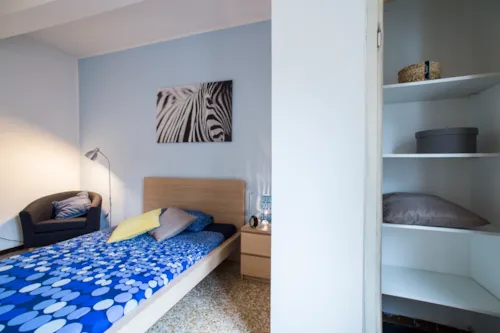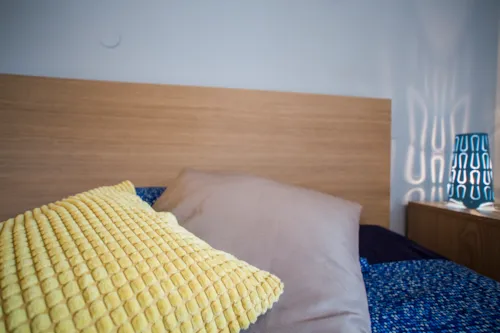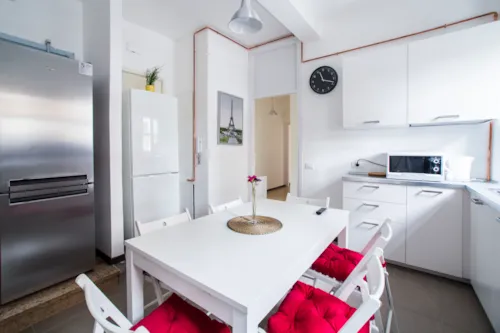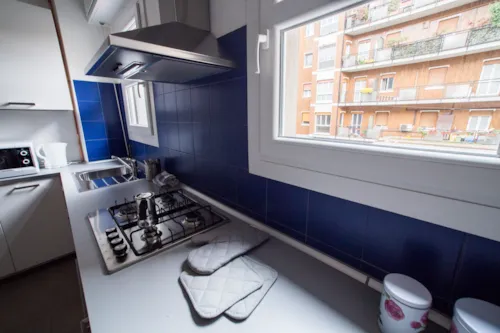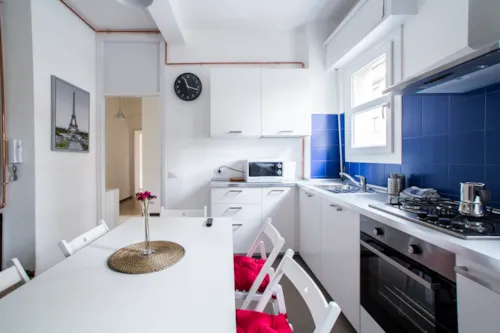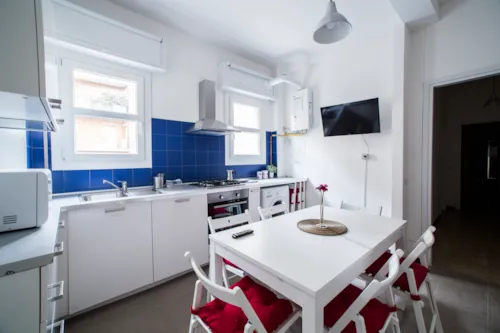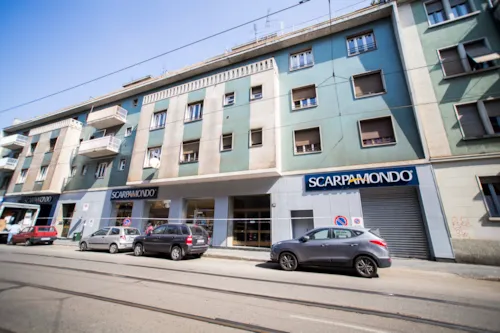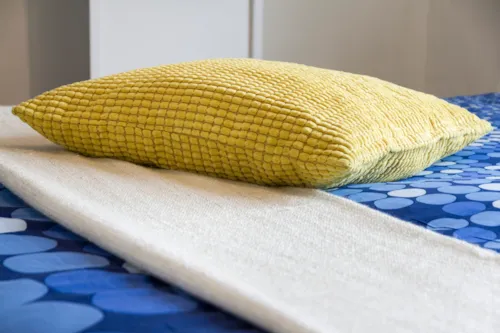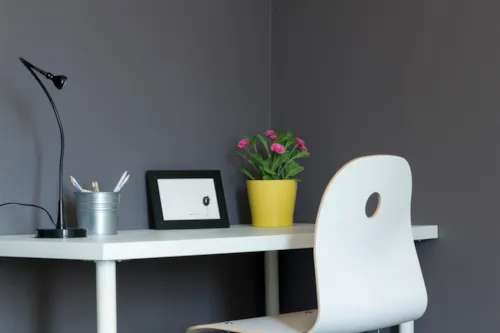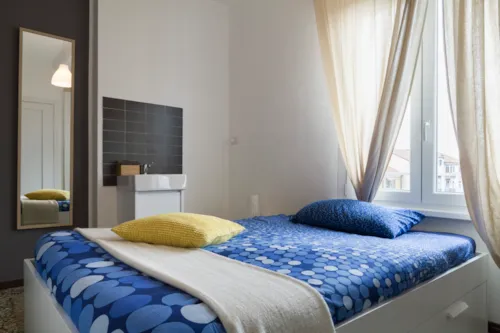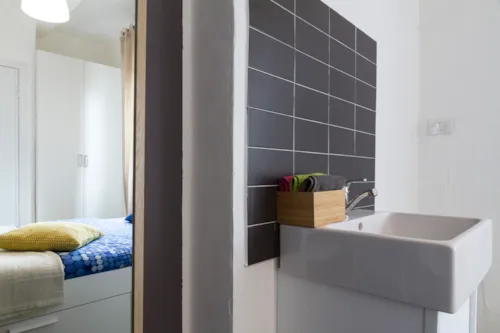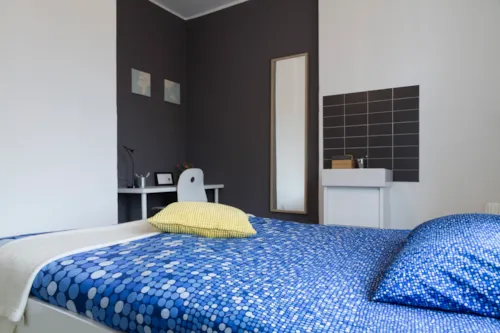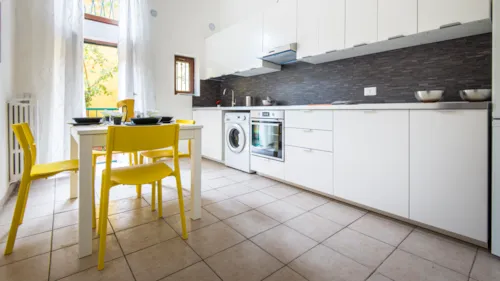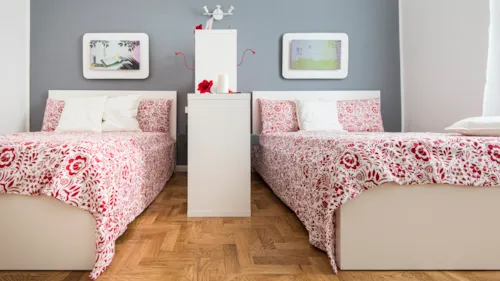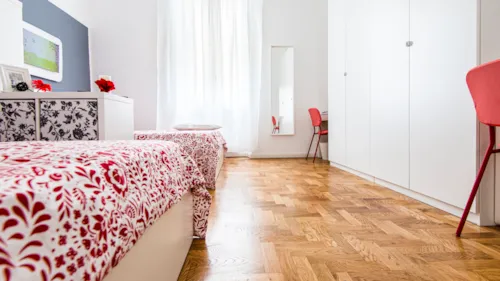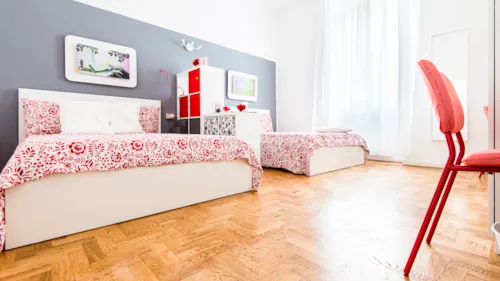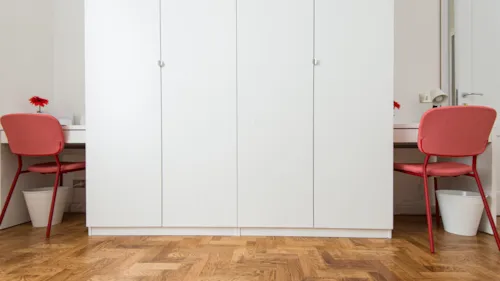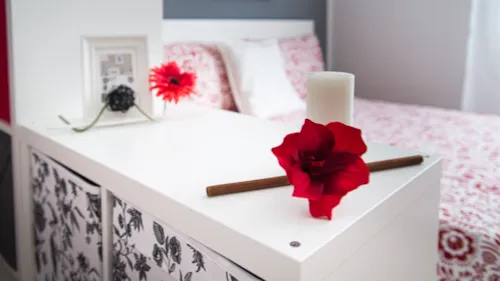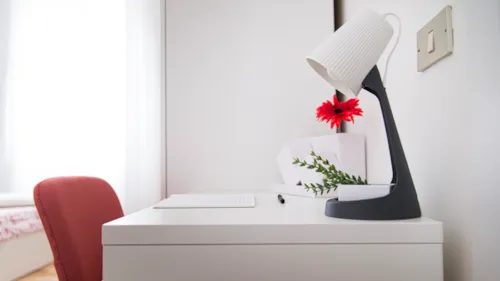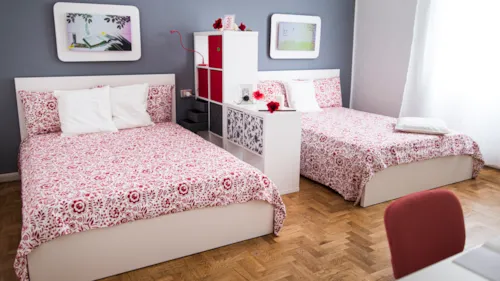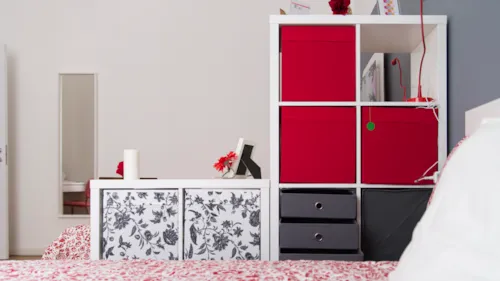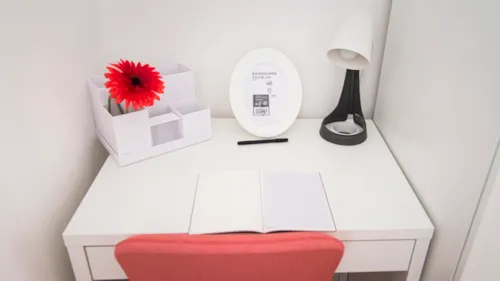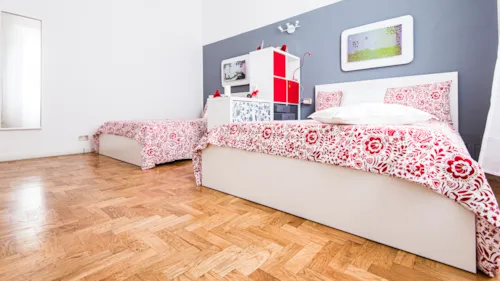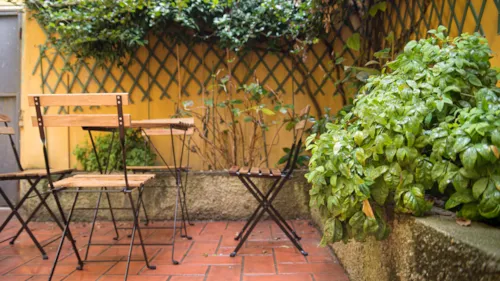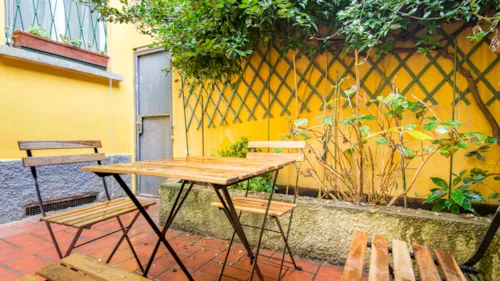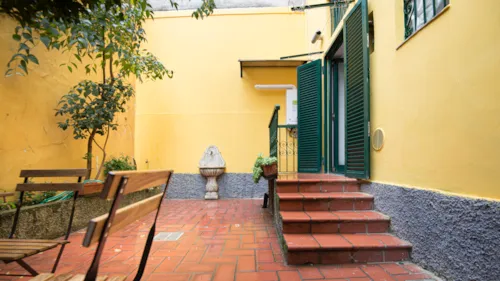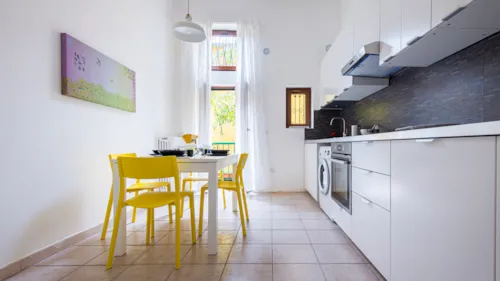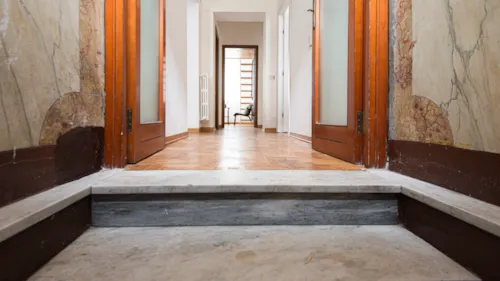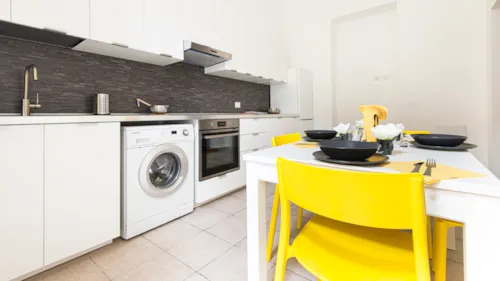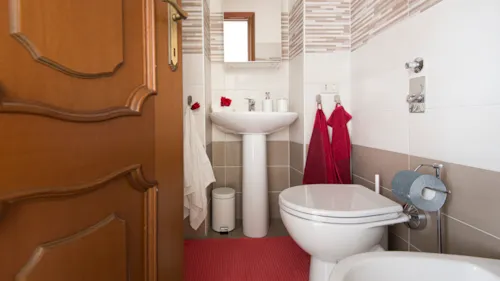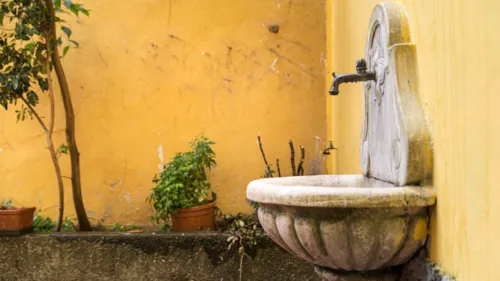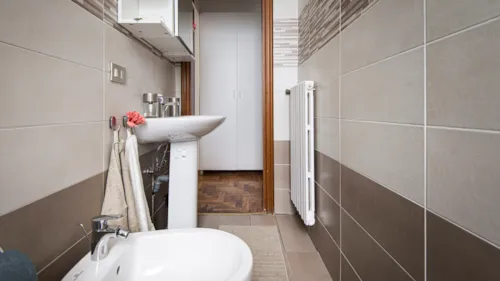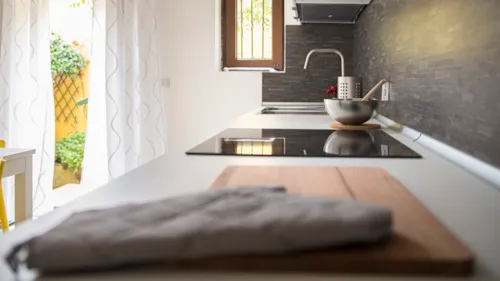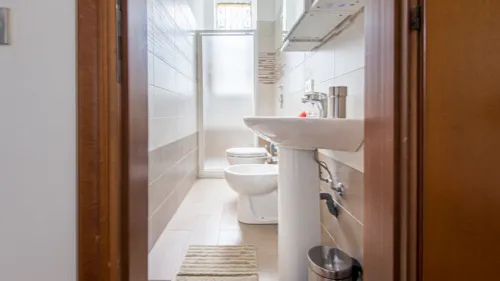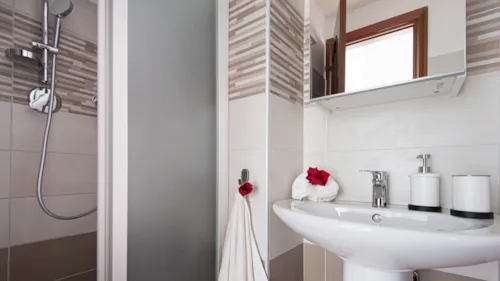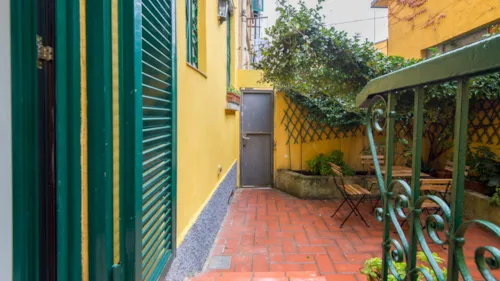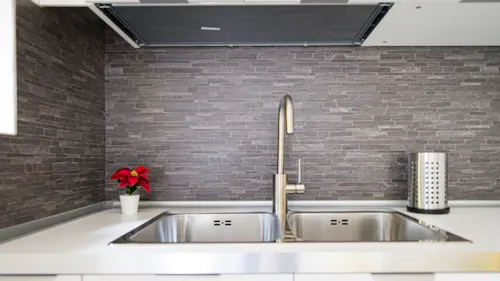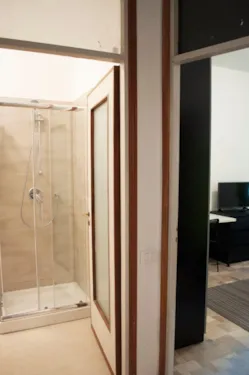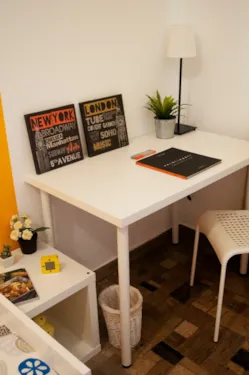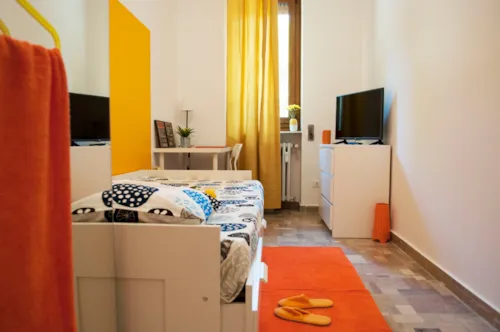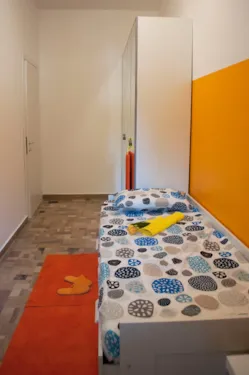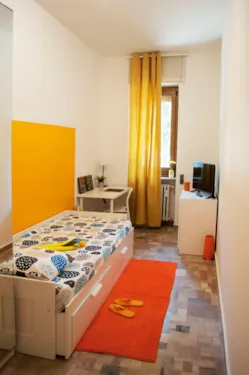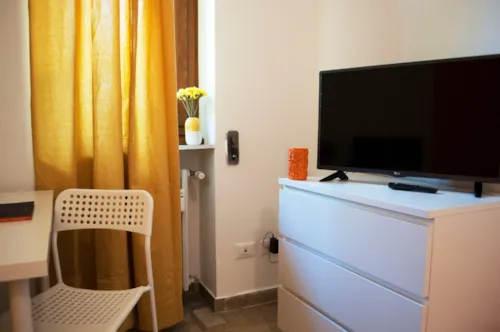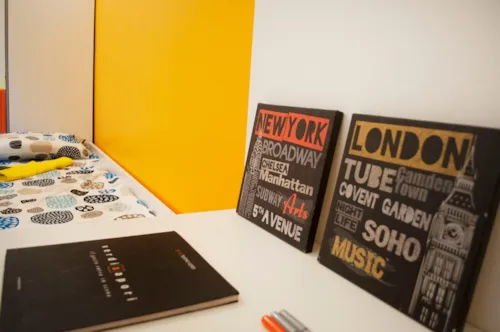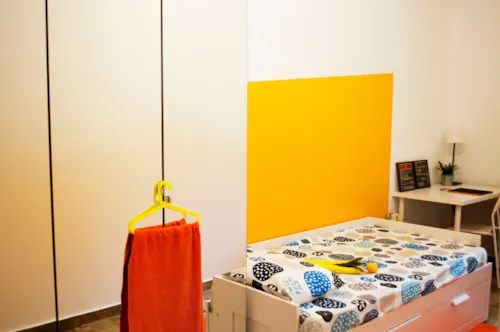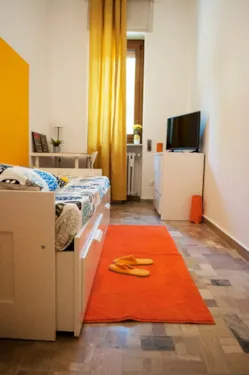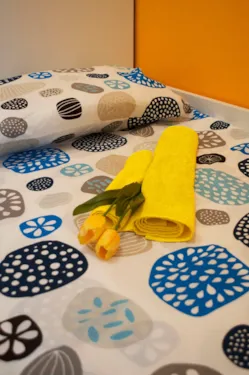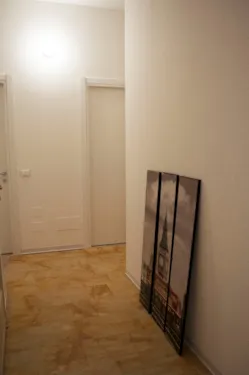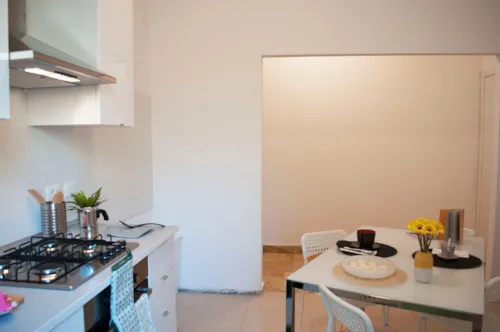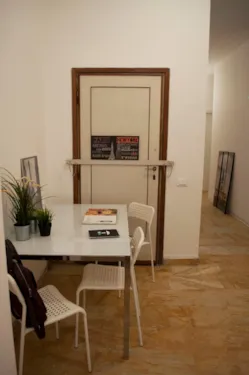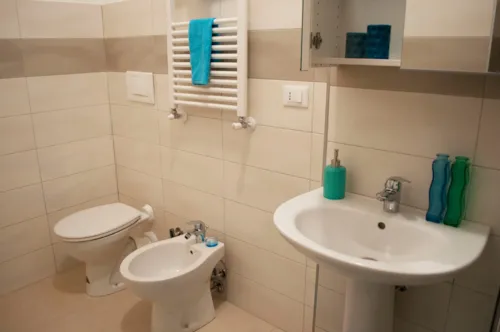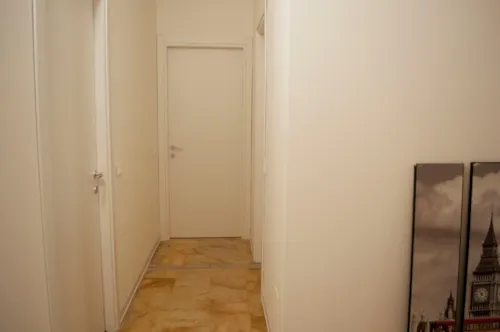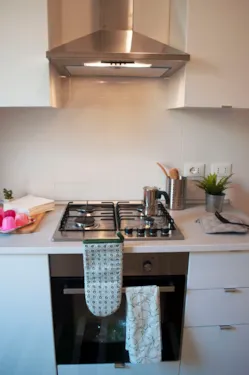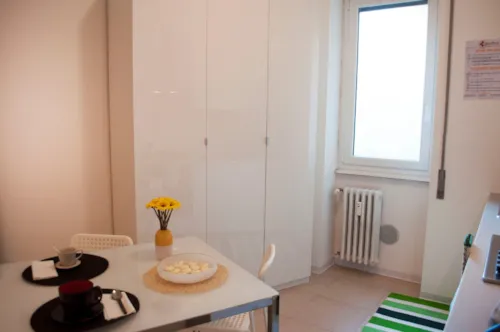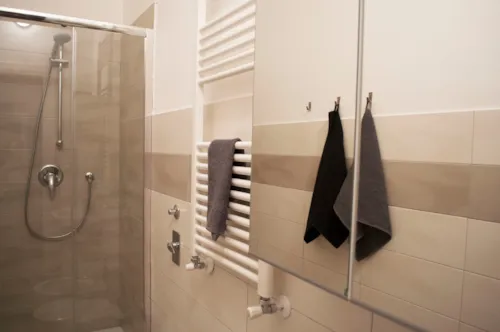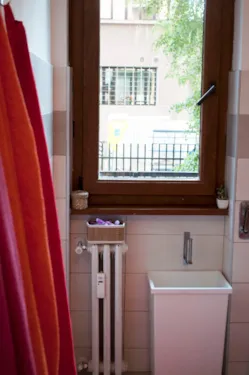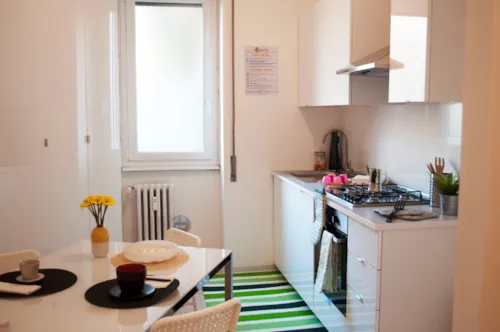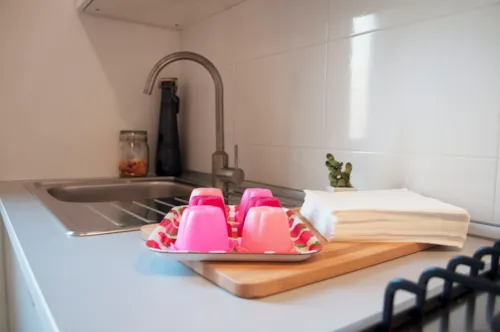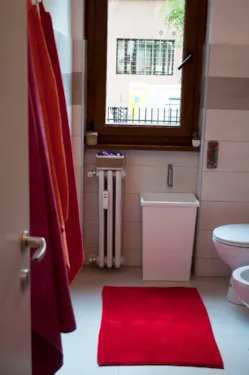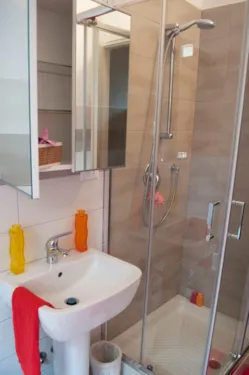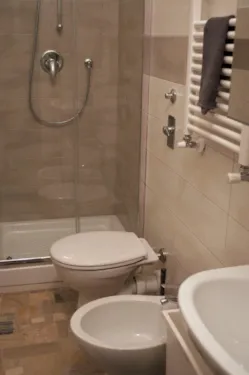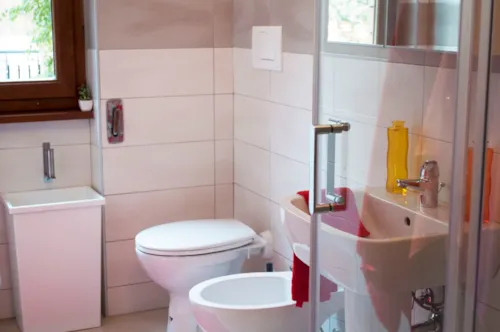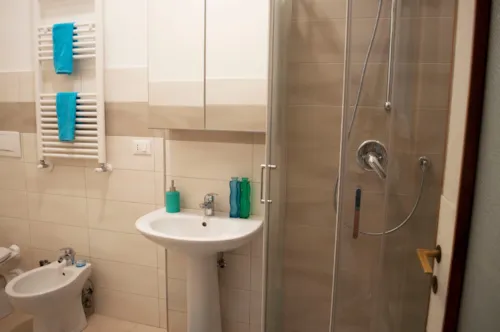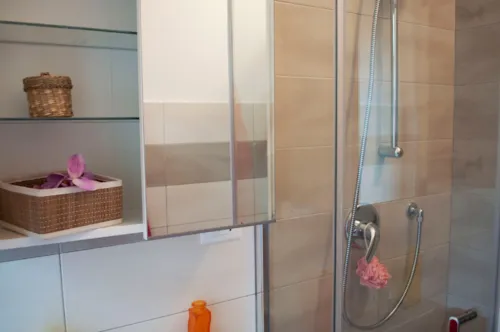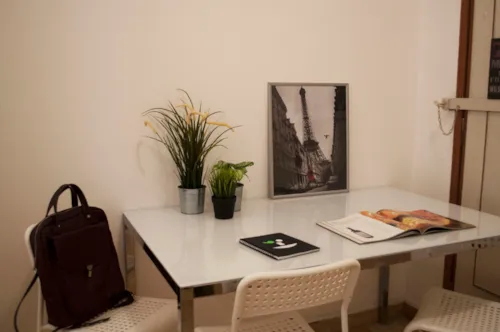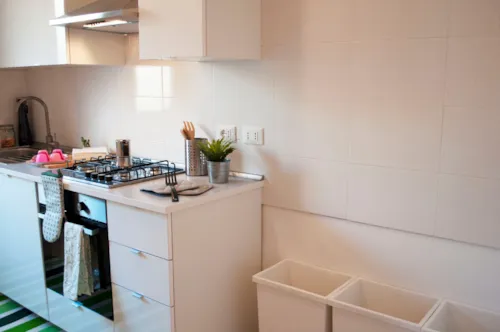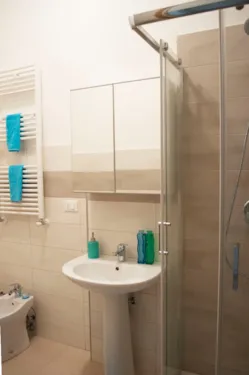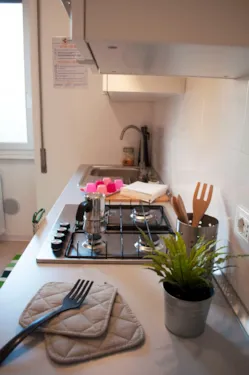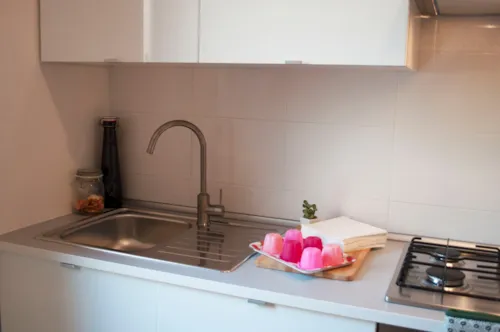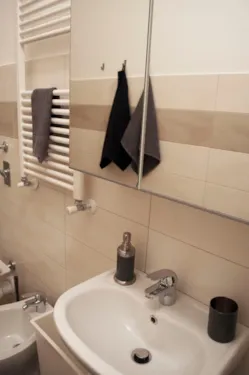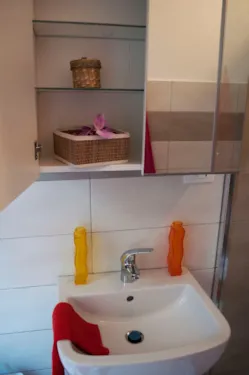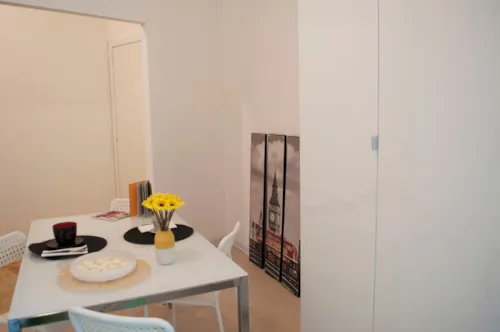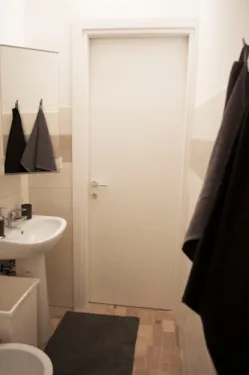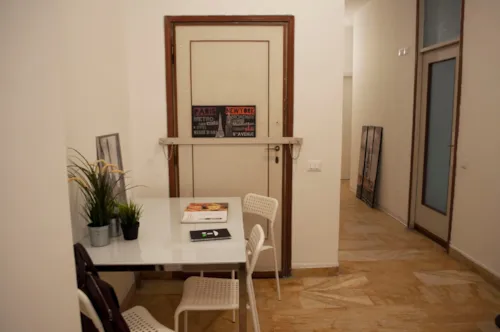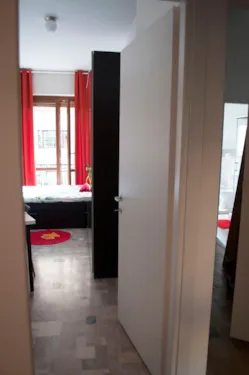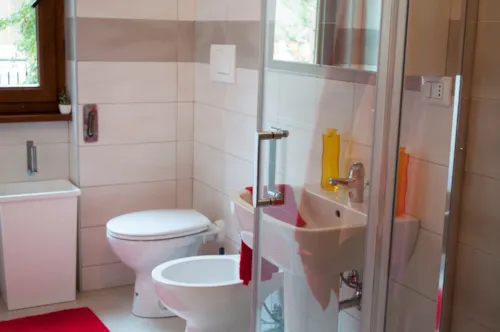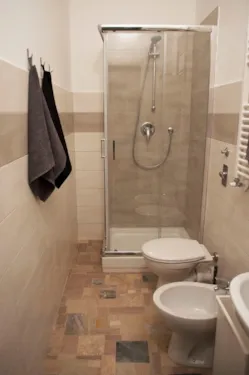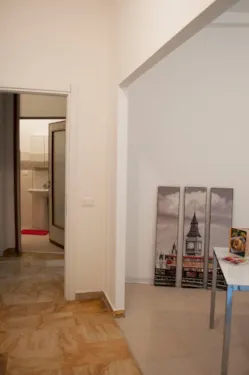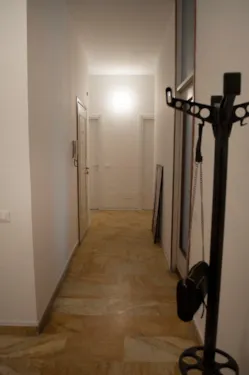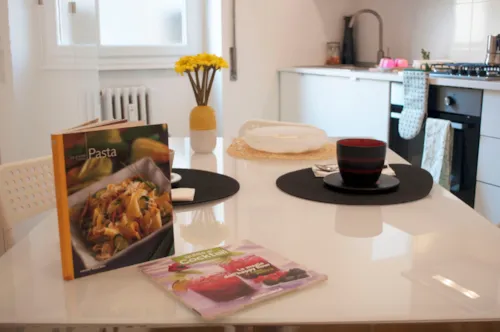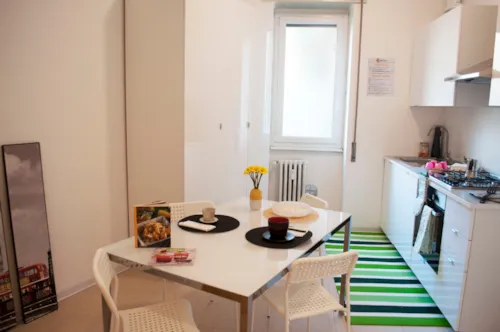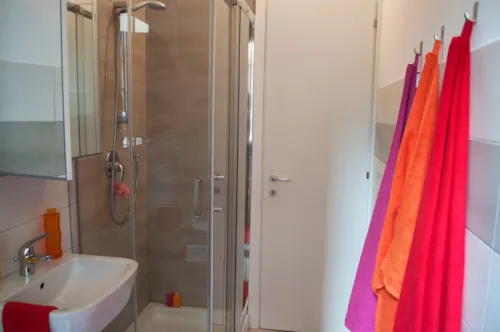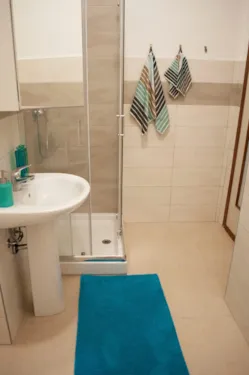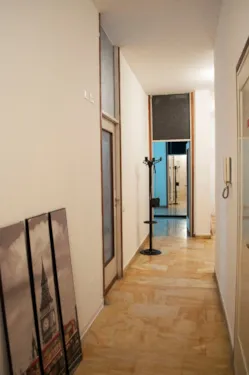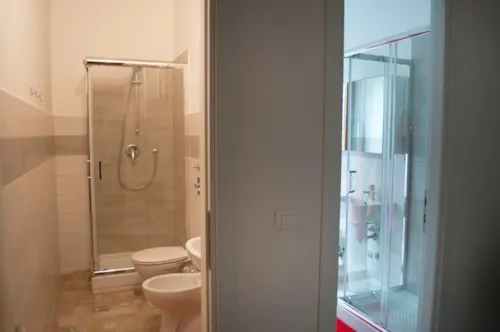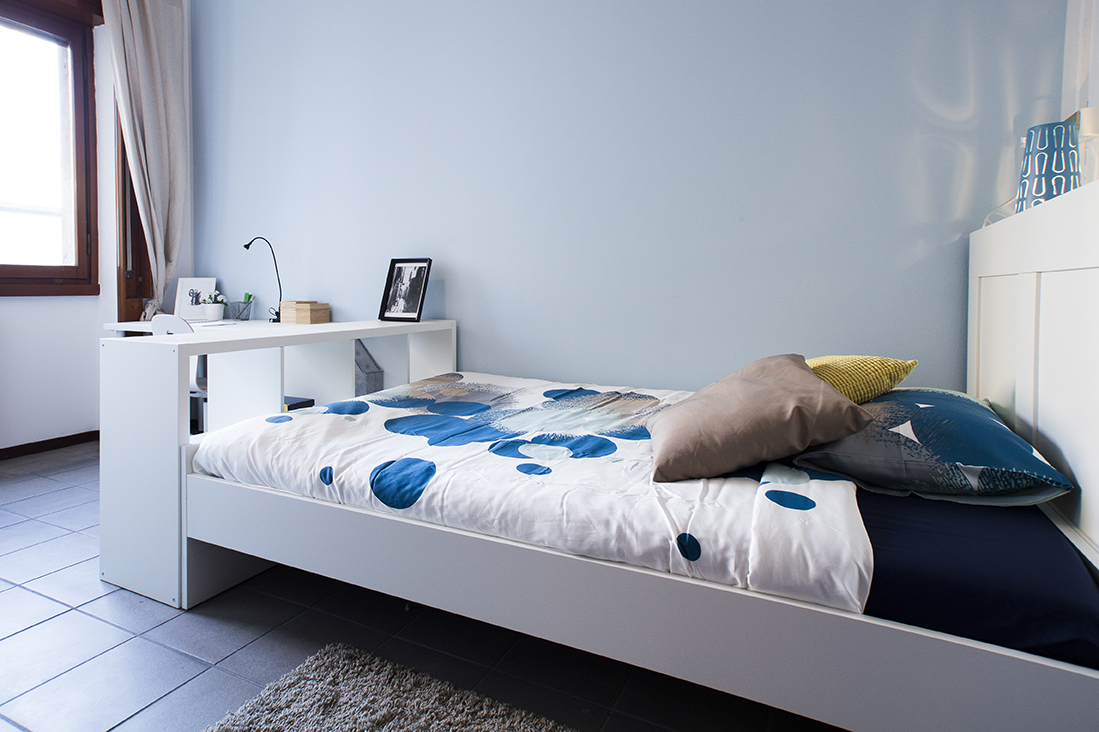
Isola & Stazione Centrale
The Isola district in Milan is located in the northern part of the city. The inhabitants consider it to be bounded by the M3 Zara (north) and M2 Garibaldi (south) metro stops, while the municipality considers it to be a wider area reaching as far as the Sondrio (east) and Maciachini (north-west) metro stops. It can also be reached by the newer M5 Lilla metro, getting off at the Isola stop that takes you directly into the centre of the district. The name Isola derives from its condition of physical isolation caused by the railway line that seems to separate it from the urban centre. It is a historic district of Milan, once working class and with a strong vocation for labourers and artisans, but which over time has been transformed into a commercial area of urban and social regeneration. From a small neighbourhood, it is now considered one of the city's nightlife centres. Beyond the M2 Gioia metro stop begins the adjacent Centrale district, where Milan's Central Station is located. It borders not only Isola, but also the Maggiolina (to the north), Repubblica and Porta Nuova (to the south) areas. This district is a real hub for national and international travellers due to the presence of the station that connects the main Italian cities and the airports in Lombardy. Although all these areas have been renovated and continue to be renovated, the neighbourhood soul can still be felt. The substratum of small commercial enterprises, original and second-hand shops that make them among the most charming and trendy areas of Milan.

We have no availability in this neighborhood
What to see and do
One of the places that has become a symbol of the Isola-Porta Nuova district in a very short time is Piazza Gae Aulenti, which represents the future of Milan with its glass skyscrapers, including the Unicredit building, illuminated fountains and a streetlamp that collects solar energy. Behind the square stands the now famous Bosco Verticale, a European example of environmentally sustainable housing. The complex consisting of two buildings has thousands of plants and trees housed on its many floors, and it is to this feature that it owes its name. At the foot of the Bosco Verticale, in addition to the Google Italia headquarters and the Casa della Memoria, is the BAM - the Library of Trees, a contemporary garden with over 100 botanical species. It is a public place available to citizens for strolling, spending time in the green, relaxing or jogging and participating in the events run by the Catella Foundation.


It is also nice to simply take a stroll in the Isola district by discovering its streets, admiring the buildings and street art works, on the walls or on shop shutters that make it colourful and lively. It is also nice to simply take a stroll in the Isola district by discovering its streets, admiring the buildings and street art works, on the walls or on shop shutters that make it colourful and lively. Not far away is also Chinatown, Milan's Chinese quarter, whose main thoroughfare is Via Paolo Sarpi. It will be like entering a small version of Greater China, as there are restaurants, fashion shops, and grocery shops where you can find typical and original Chinese products. Moving towards the Central district, the historical station building is definitely worth seeing, imposing and iconic, characterised by monumental statues and mosaics. In Piazza Duca D'Aosta stands the giant stitched apple, the work of Michelangelo Pistoletto, an exponent of Arte Povera. Turning your gaze a little, you will notice the imposing Pirelli skyscraper, better known as the 'Pirellone', built by the famous architect Gio Ponti. In the area, but further away, going towards the M2 metro stop Gioia, is the Palazzo della Regione Lombardia, which at certain times of the year opens its Belvedere to the public free of charge. Citizens can go up to the 39th floor and admire the entire panorama of the city.
Where to eat and drink
In Isola there are plenty of places to go for an “aperitivo”, dinner or an evening drink with friends. In summer, young people in particular are used to gathering in the small squares or on the pavements in front of the clubs, animating the streets of the entire neighbourhood even late into the night. The options for eating are many and to suit all tastes, for example Berberè for a gourmet sourdough pizza. The peculiarity is that it is served already cut into wedges so that it can be easily shared with other diners. For Neapolitan pizza, on the other hand, try Assaje or Trattoria Caprese, which is also a restaurant and you can also order first or second courses. There are also restaurants with international cuisines, such as Casa Ramen or various alternatives for Japanese all-you-can-eat or a la carte or for a poke.


If you want to try real Chinese dumplings, you should definitely go to Chinatown where, in addition to restaurants, there are specialised dumpling shops that prepare handmade dumplings and bao. For Italian dishes we recommend: Osteria delle Commari, Capra e Cavoli, MiScusi, Osterialnove and Trattoria il Marinaio, for fish specialities including raw fish. For evening venues, too, you are spoilt for choice: The Botanical Club, a bar-bistrot with a kitchen and micro-distillery where you can drink cocktails made to perfection; the Blue Note, the famous jazz club that offers musical evenings with international and exceptional musicians, as well as a wide selection of wines. Towards the Central Stationarea there are a number of venues including Filetteria Italiana for meat lovers, Nima Sushi, Tramé for a tramezzino on the fly or even an aperitif, Osteria Angelino with homemade cakes, Osteria del Treno with Milanese specialities and Metropolis Lounge & Restaurant a chic bar bistro with outdoor tables. Nearby, Ostello Bello Grande offers contemporary surroundings and a top-floor terrace with hammocks and a small vegetable garden. It is both a hostel to sleep in and a place to have an aperitif and meet up with friends.

Where to go for shopping
Isola does not disappoint when shopping, especially if you like alternative and vintage shops. In fact, wandering around the streets there are high-design boutiques and shops that offer clothes that have been recovered or given a new lease of life. There are also places that do more than just one activity, for example the Deus, which includes a bar, kitchen, barber shop and a shop selling articles and clothes for bikers, bike lovers and surfers. A large flow in Isola is created on Tuesdays but especially on Saturdays, the days of the local market. Many market stalls take over the streets and squares of the area, selling fruit and vegetables, cheese and cold cuts, meat and fish and a whole range of fresh and preserved foodstuffs. But the market also offers bargains for clothing, shoes, accessories and objects of all kinds.
For a more traditional shopping experience, the various floors of the Central Station are home to various brands: Calzedonia, Yamamay, Mango, Desigual, Accessorize, Parfois, Primadonna and La Feltrinelli, which extends over three floors. In short, from clothing to bags and accessories to footwear, a true shopping arcade. To allow as much convenience as possible, there is also a pharmacy and supermarkets in the station where you can do your last shopping on the fly and find essential goods. Just before the entrance to the platforms also appeared the all-pink pop-up shop of VeraLab, where you can buy a range of beauty products: cleansers, serums and creams for the skin and hair, body wraps, mud baths and all the lotions of the famous Estetista Cinica.

Some questions?
Have more questions?
